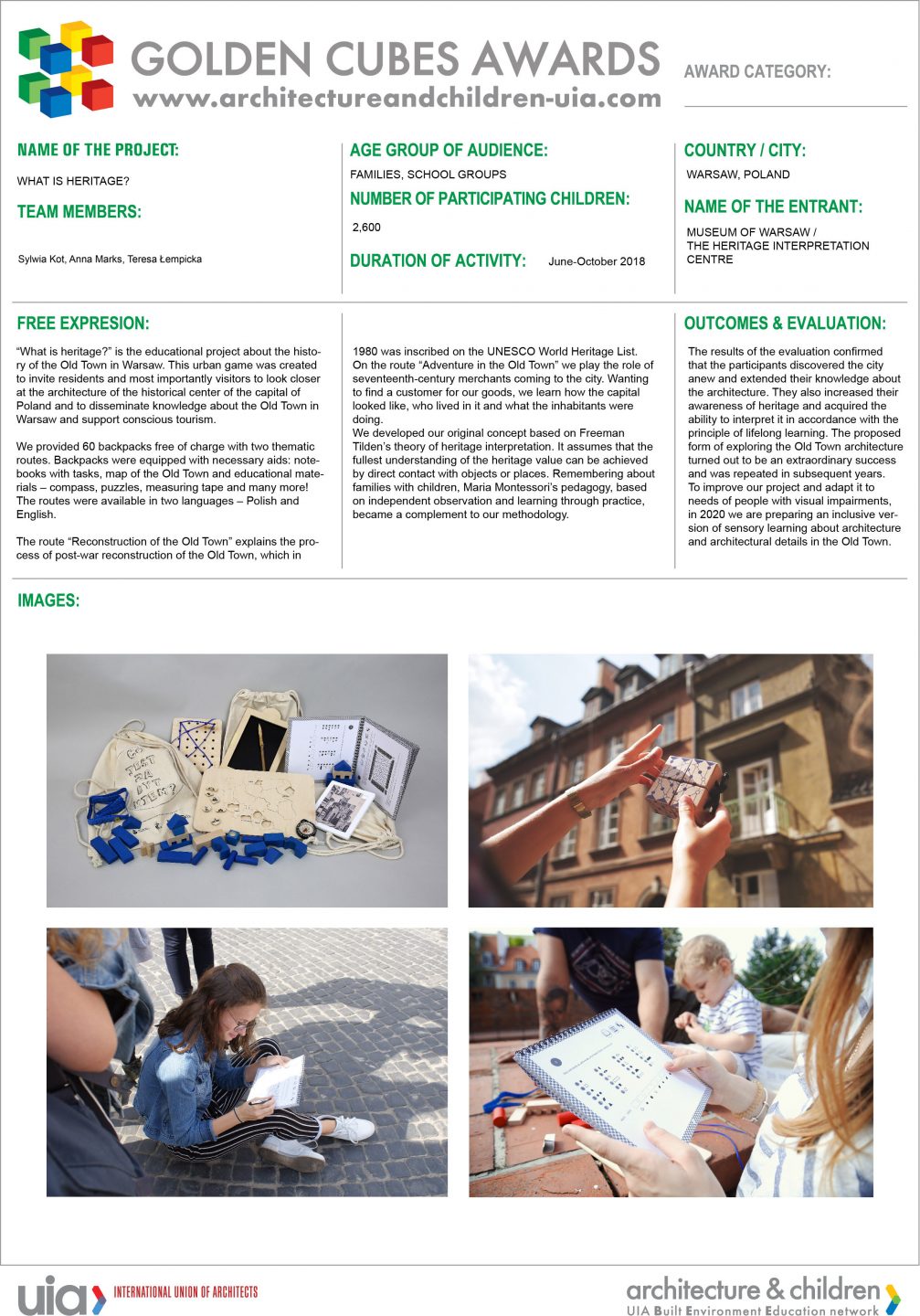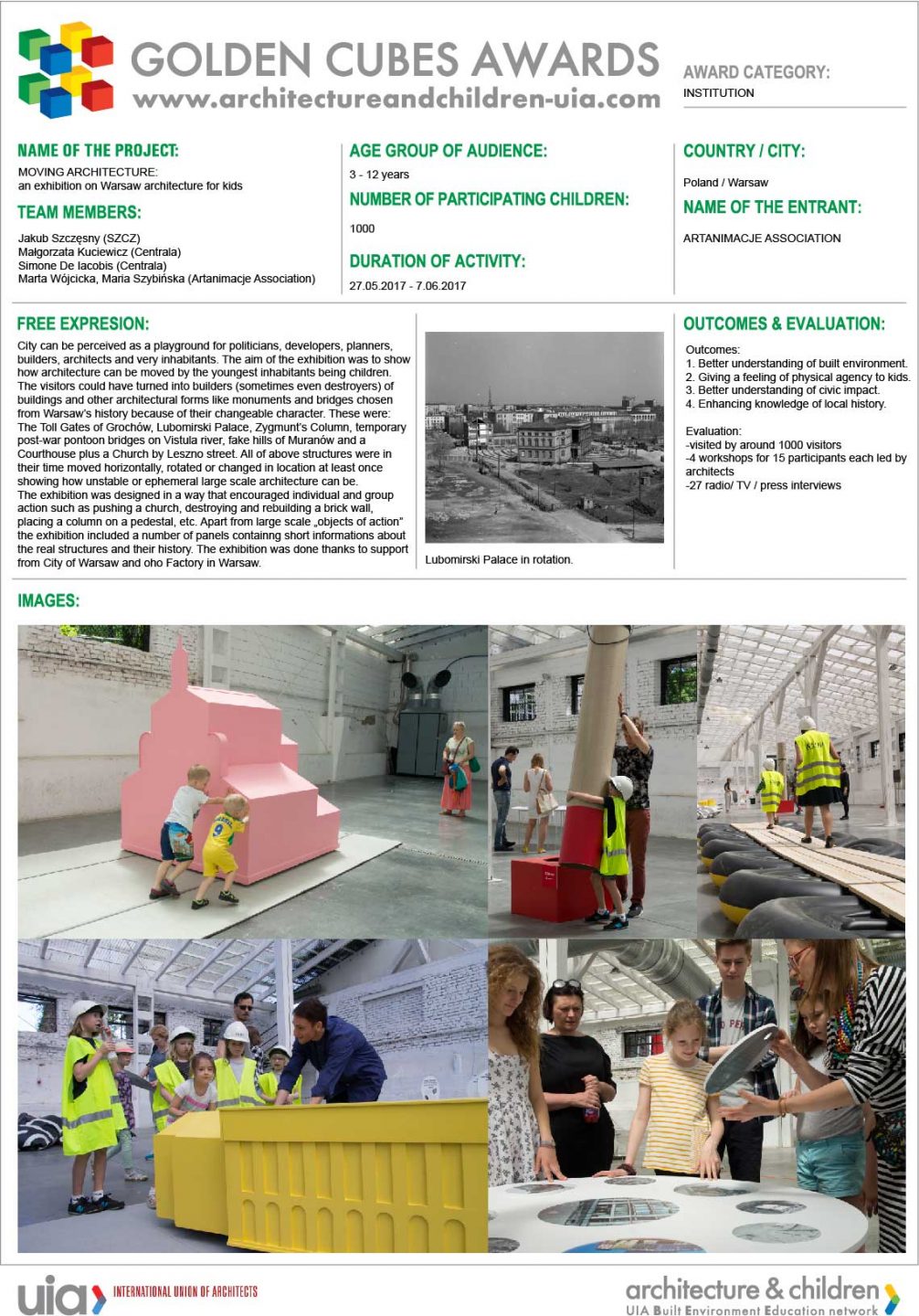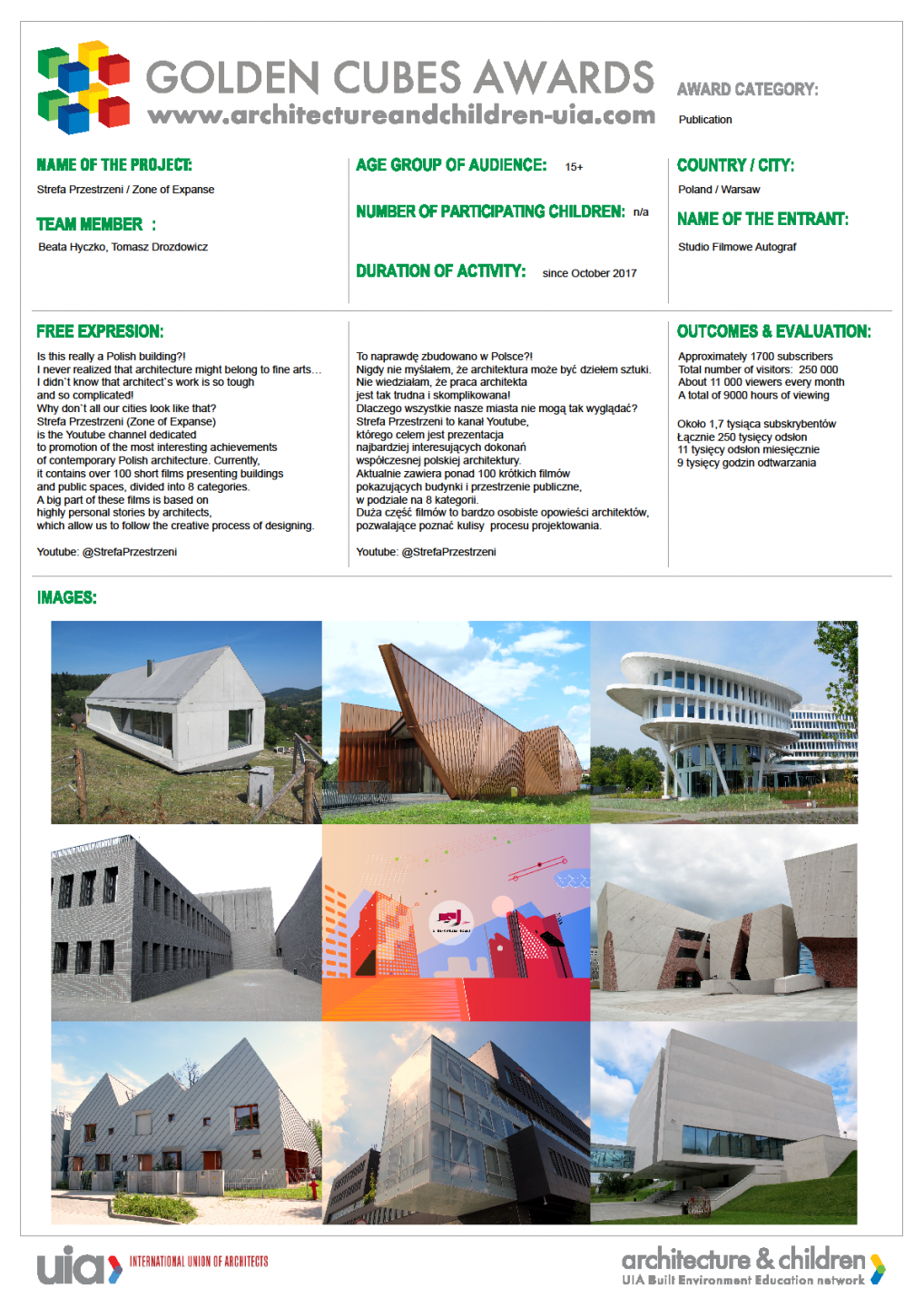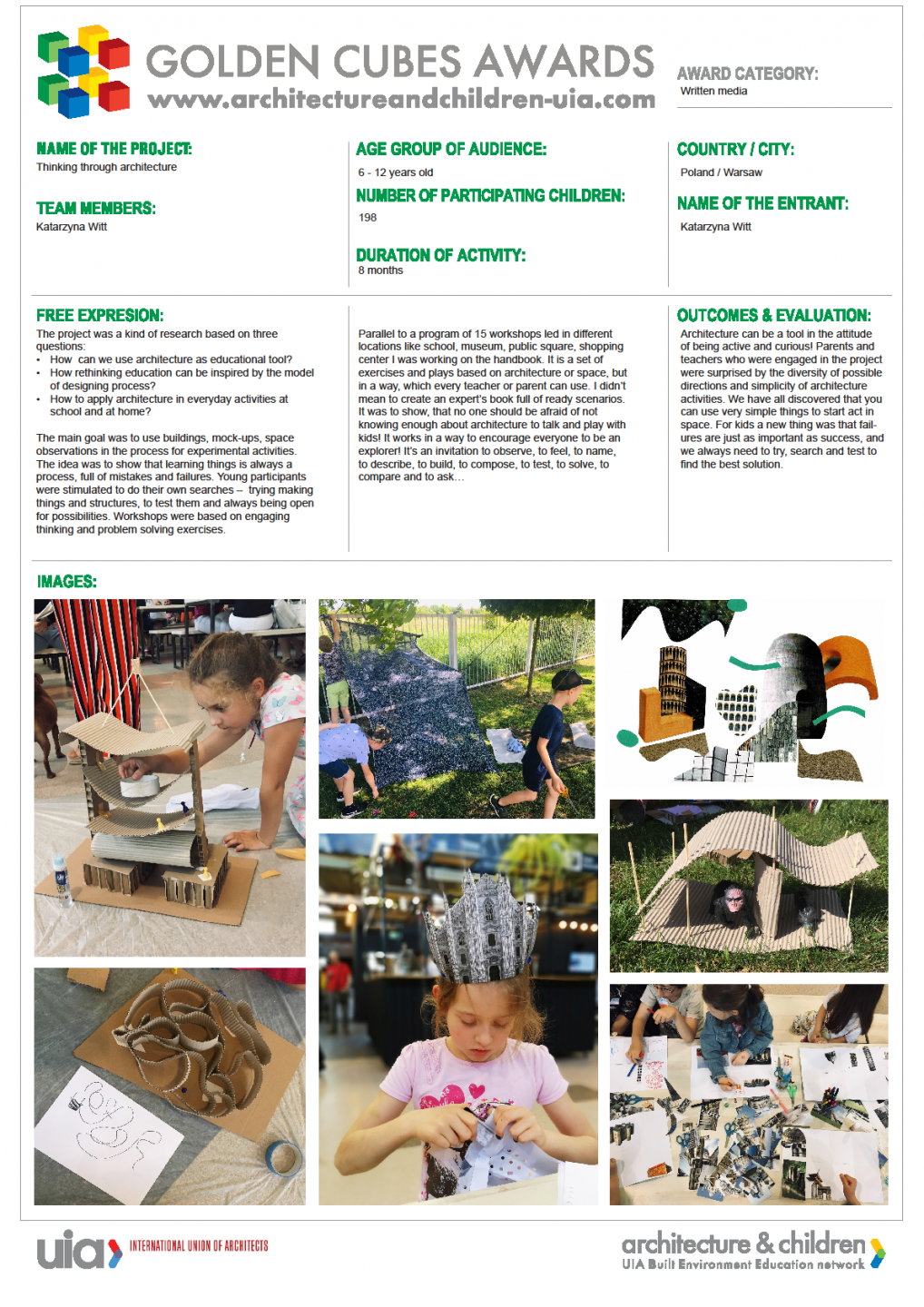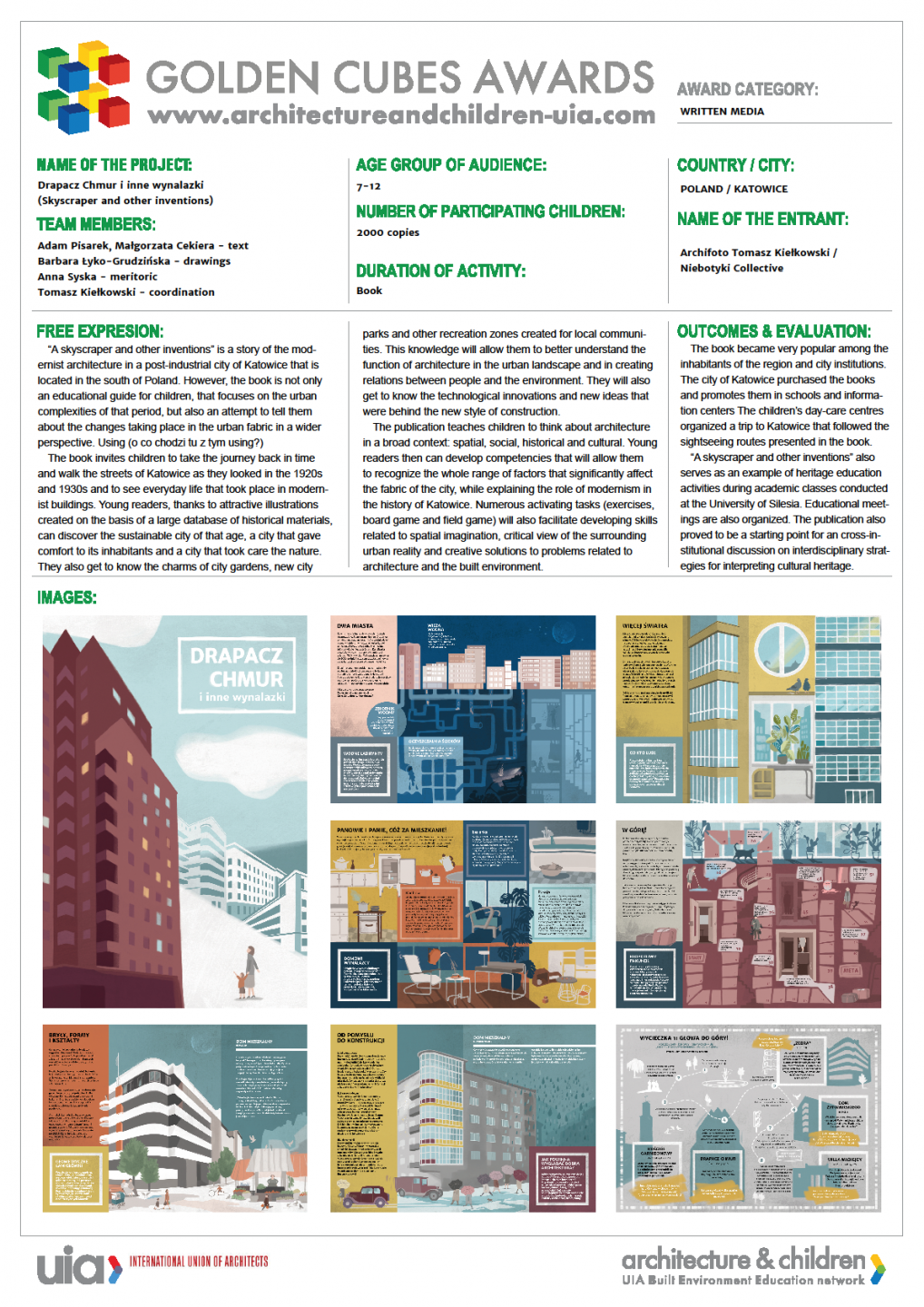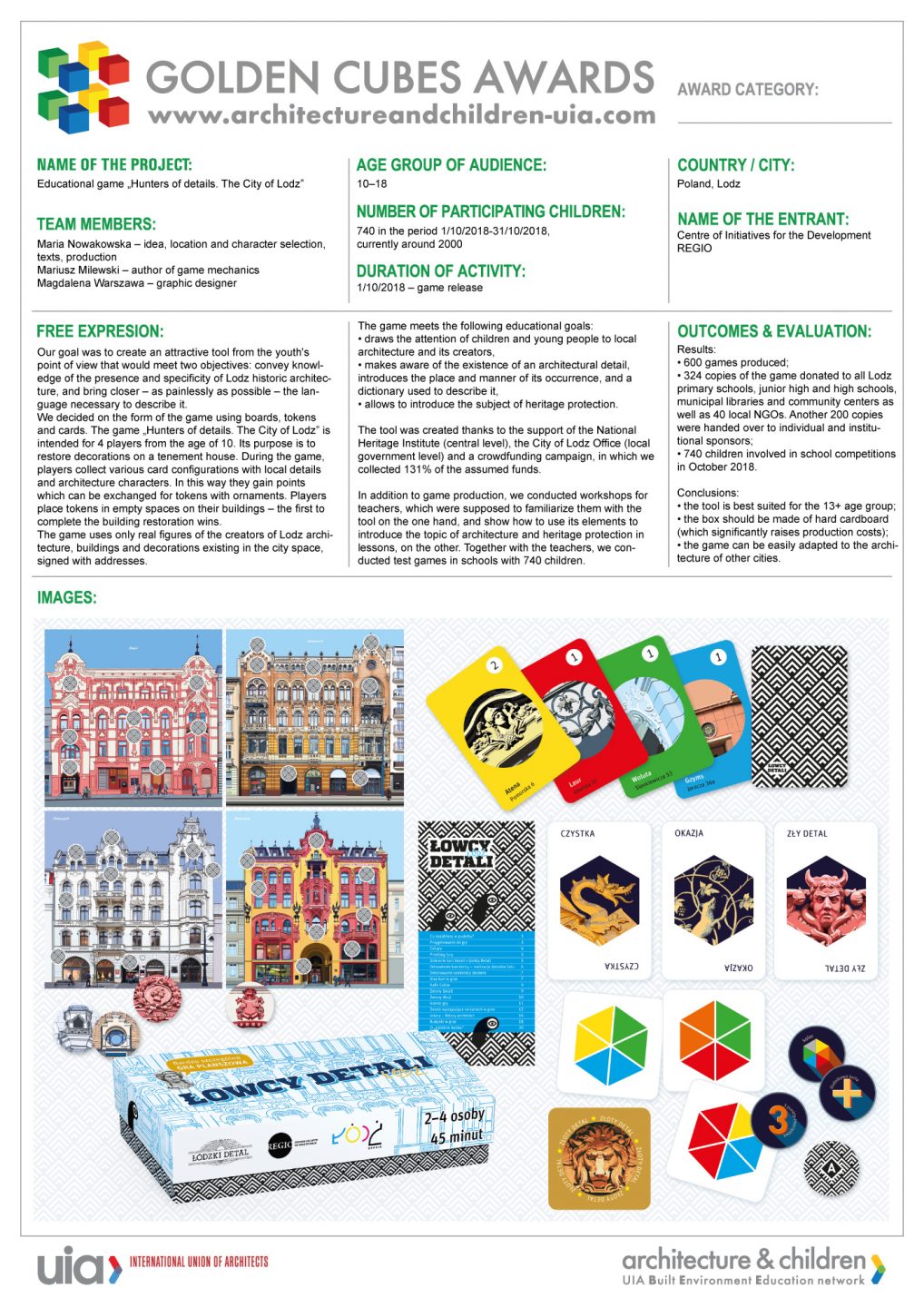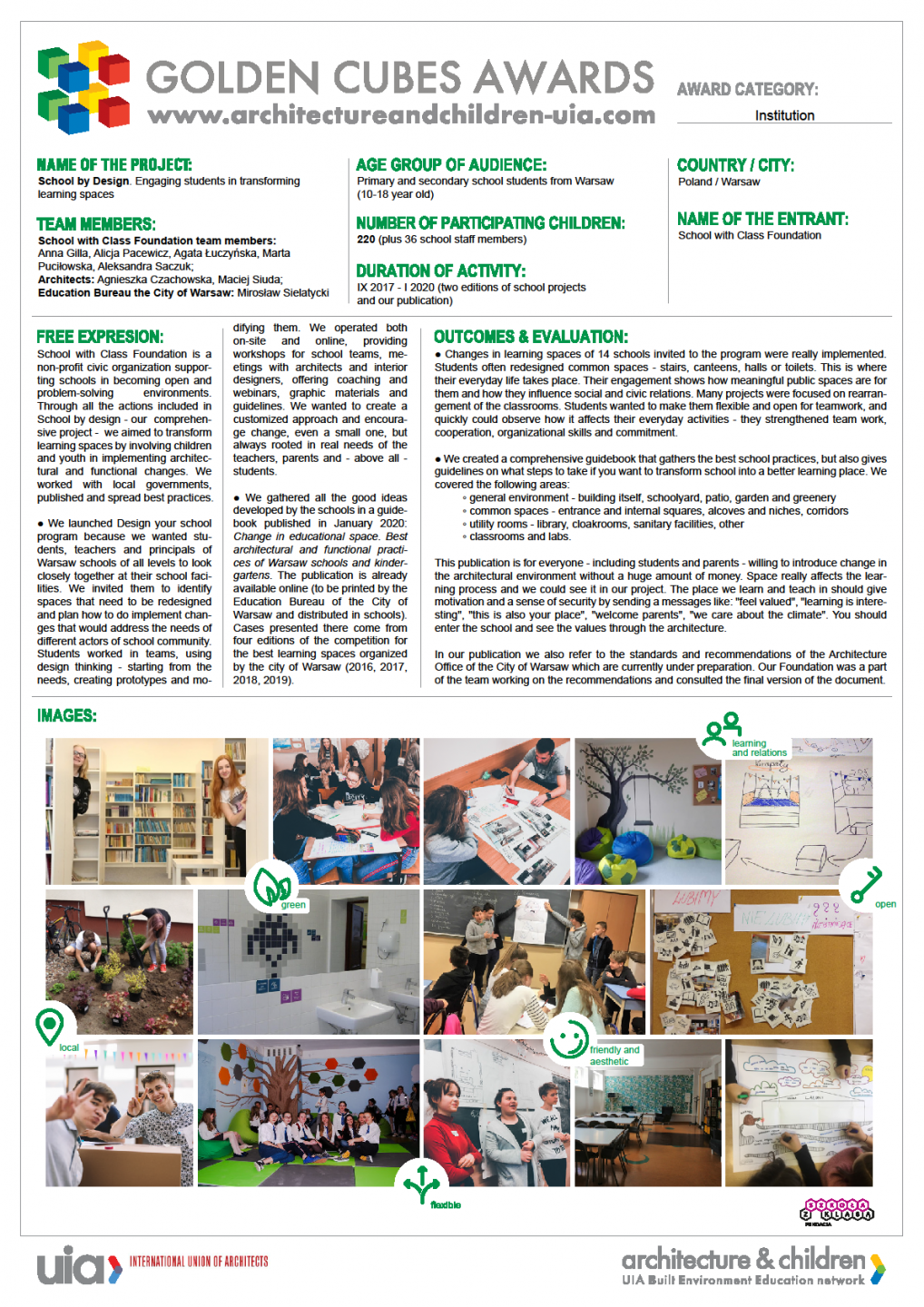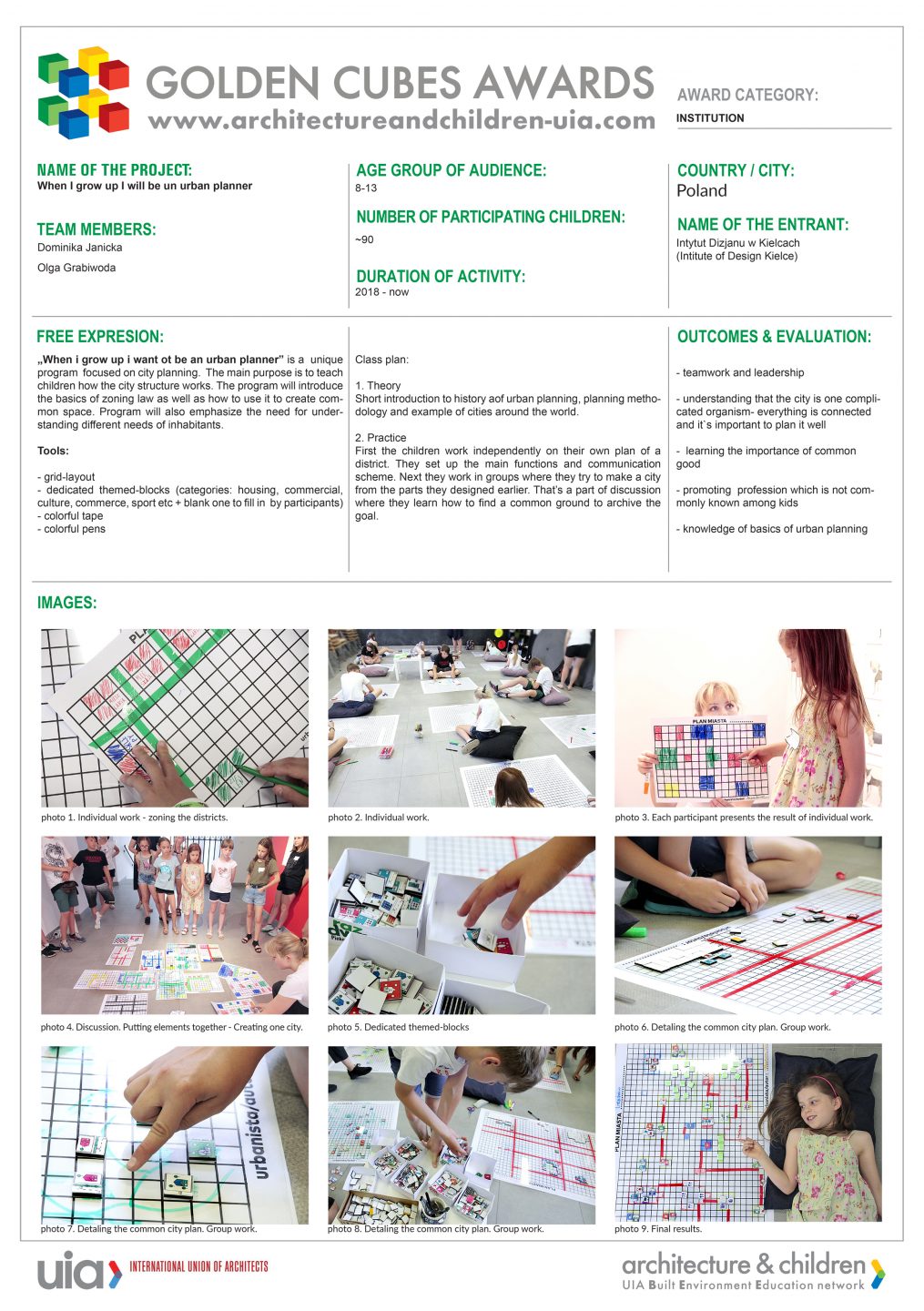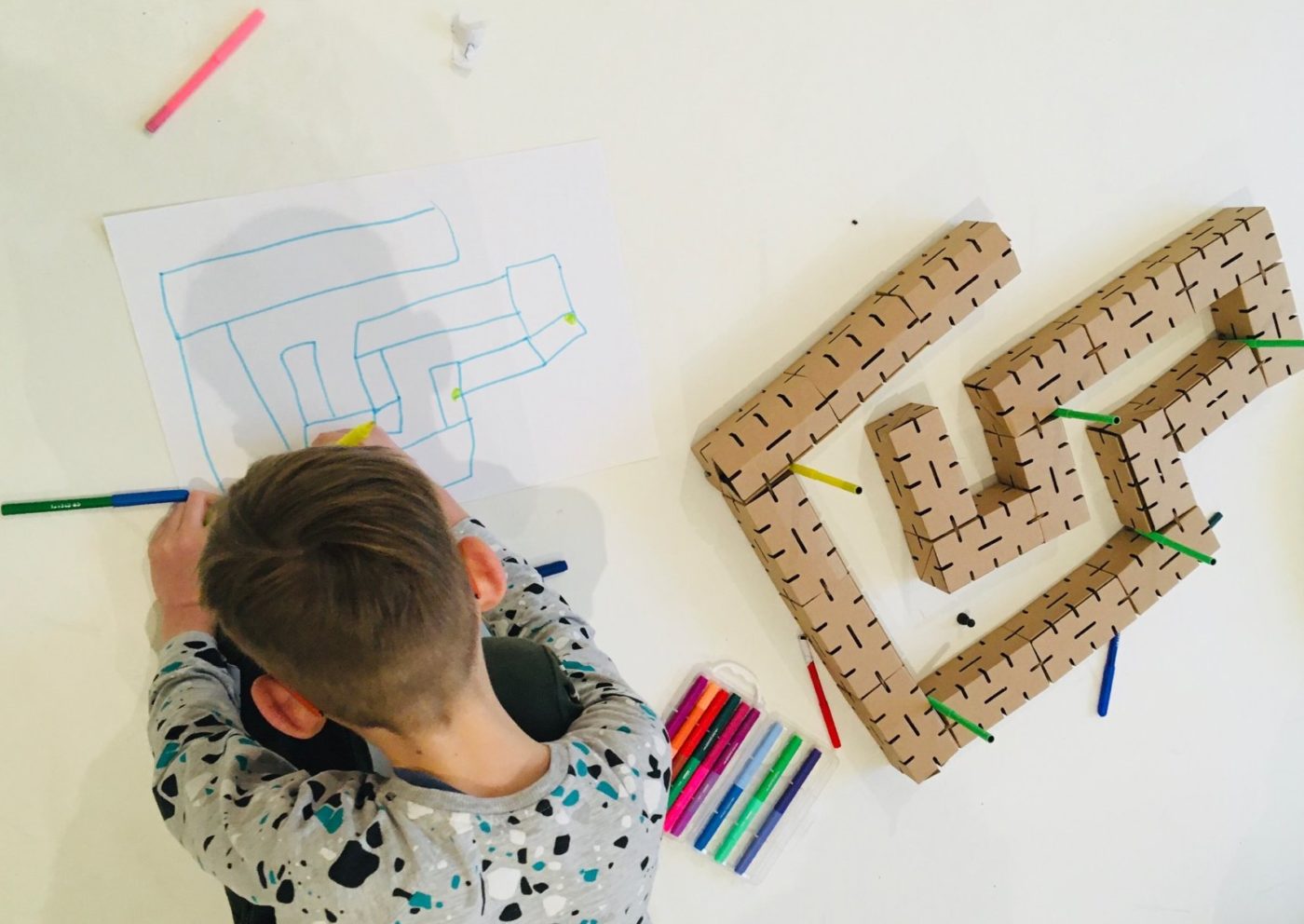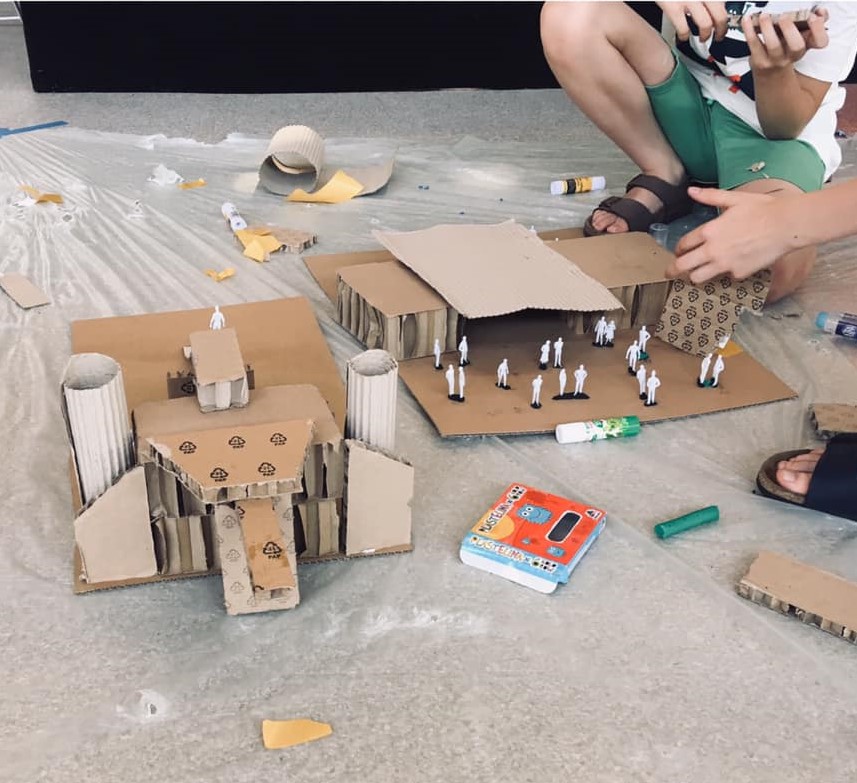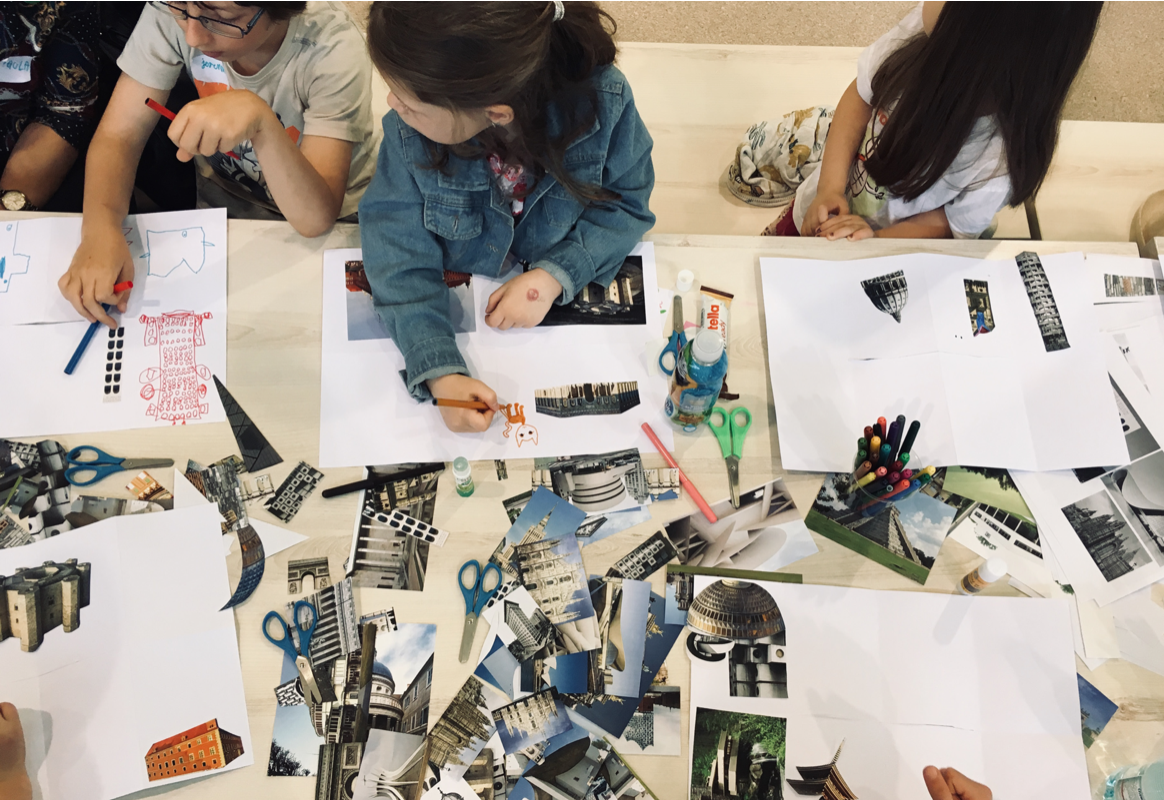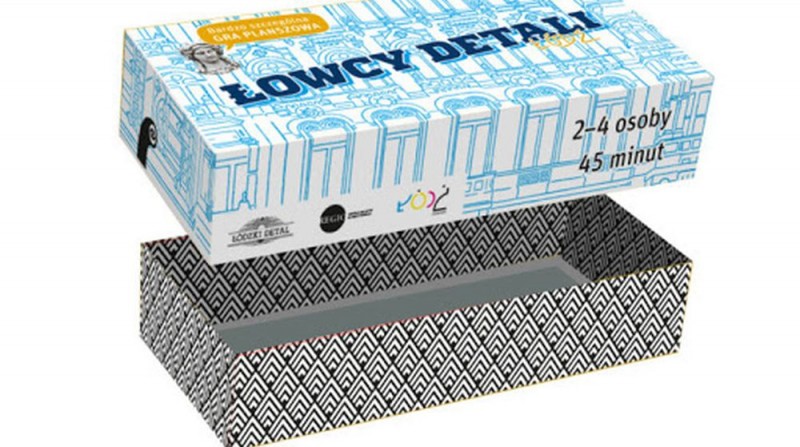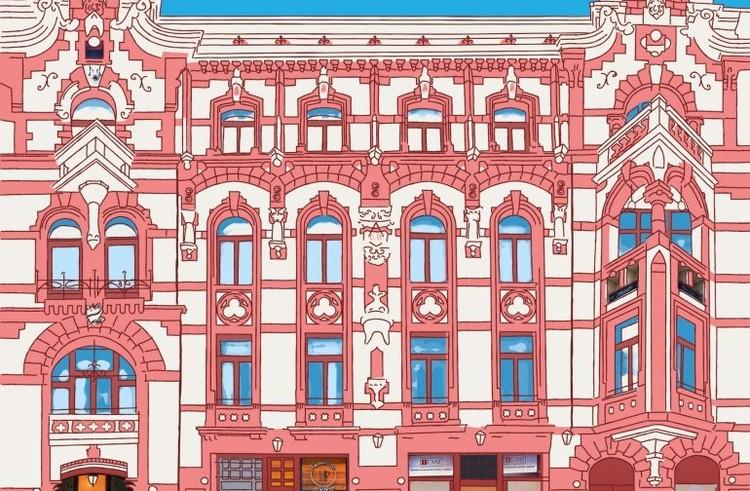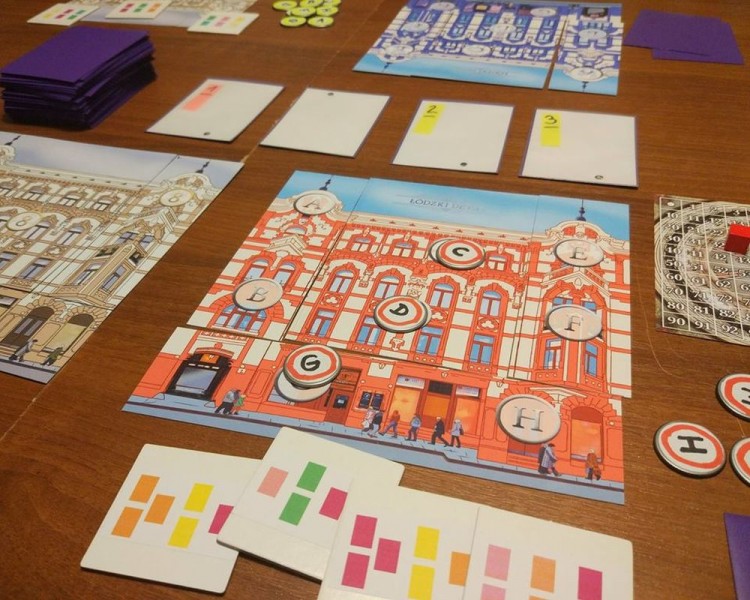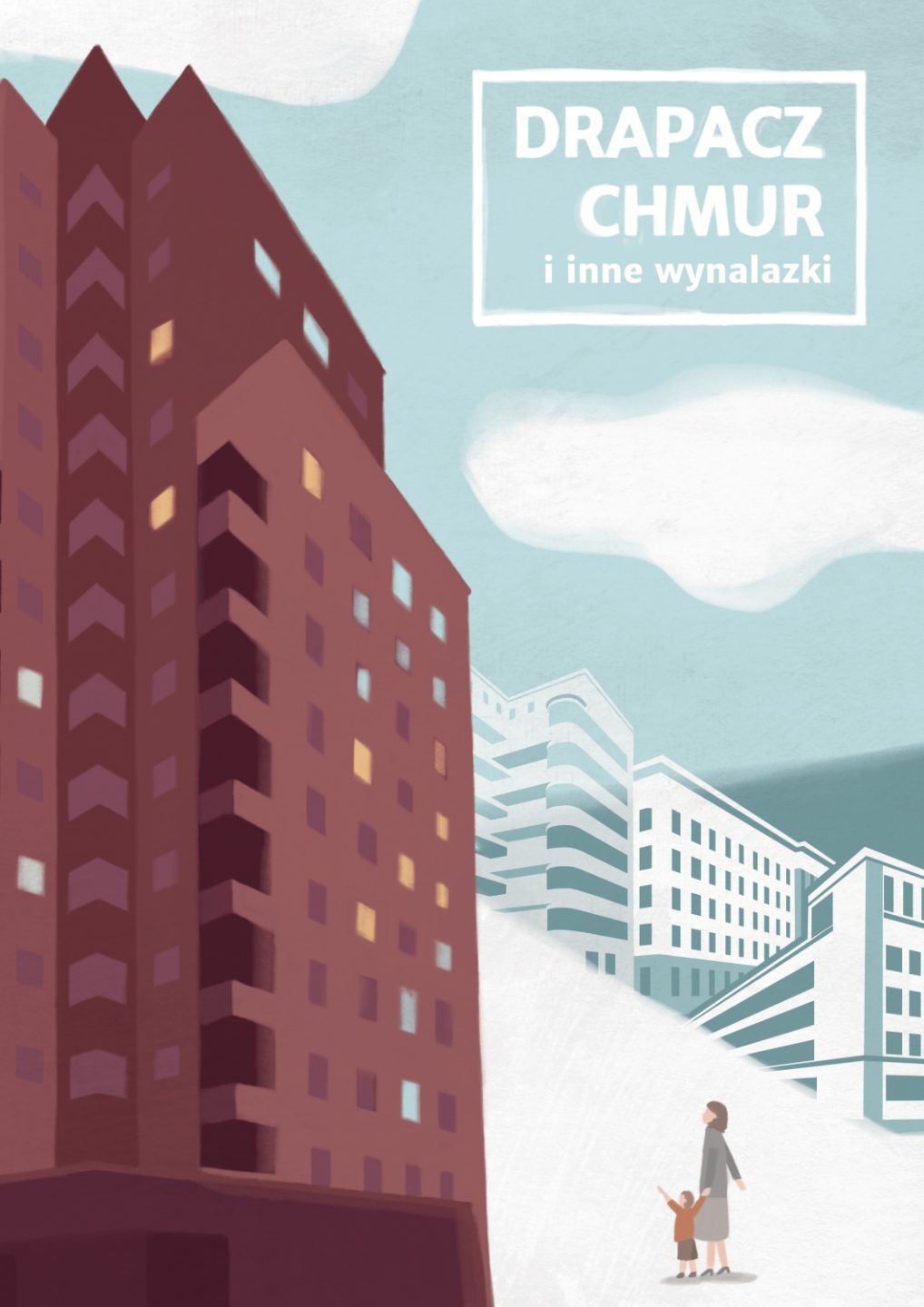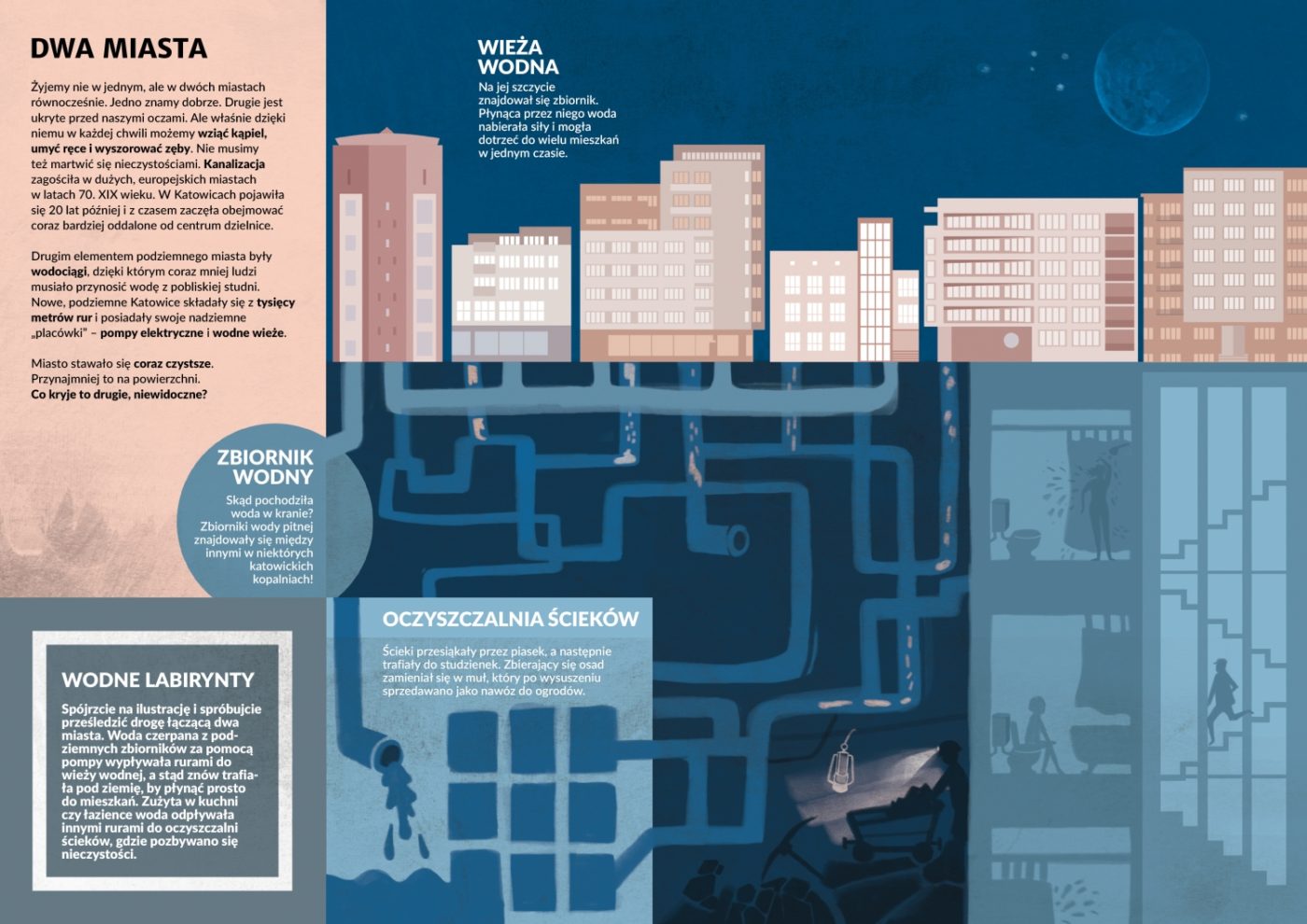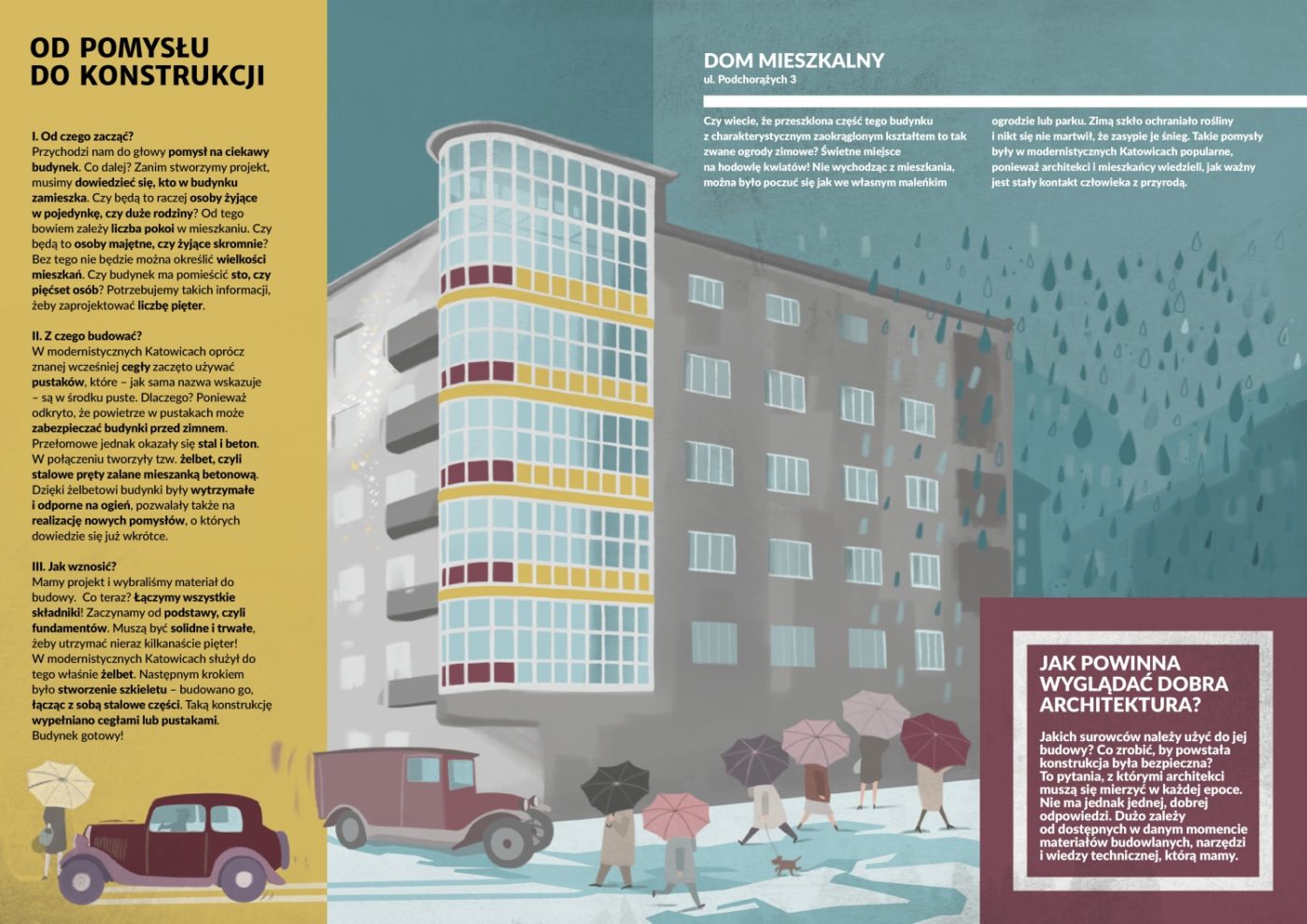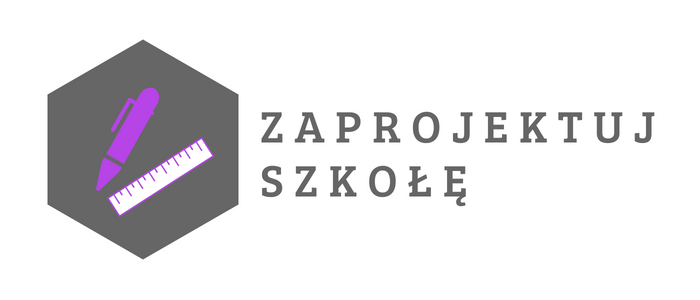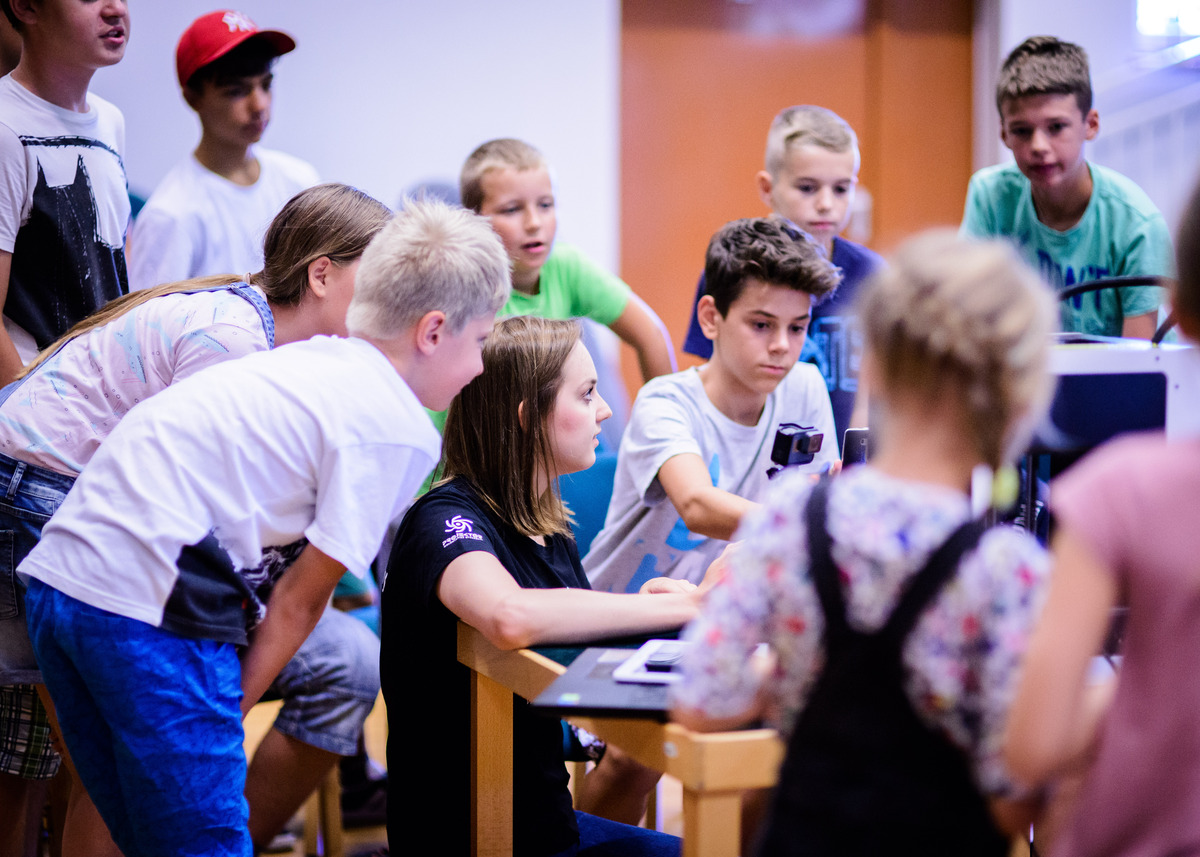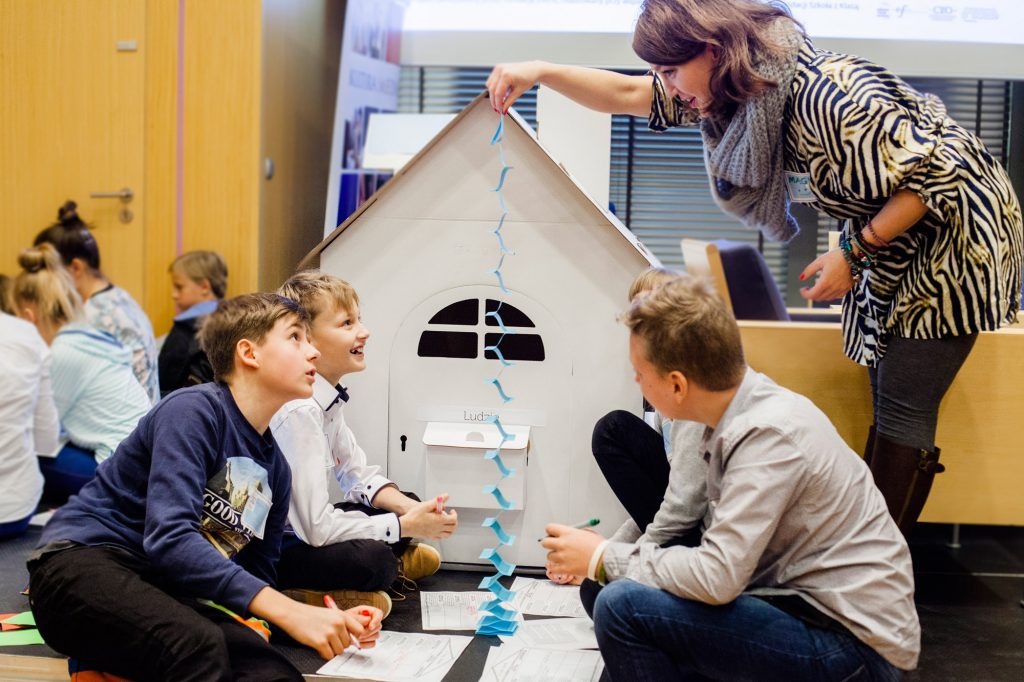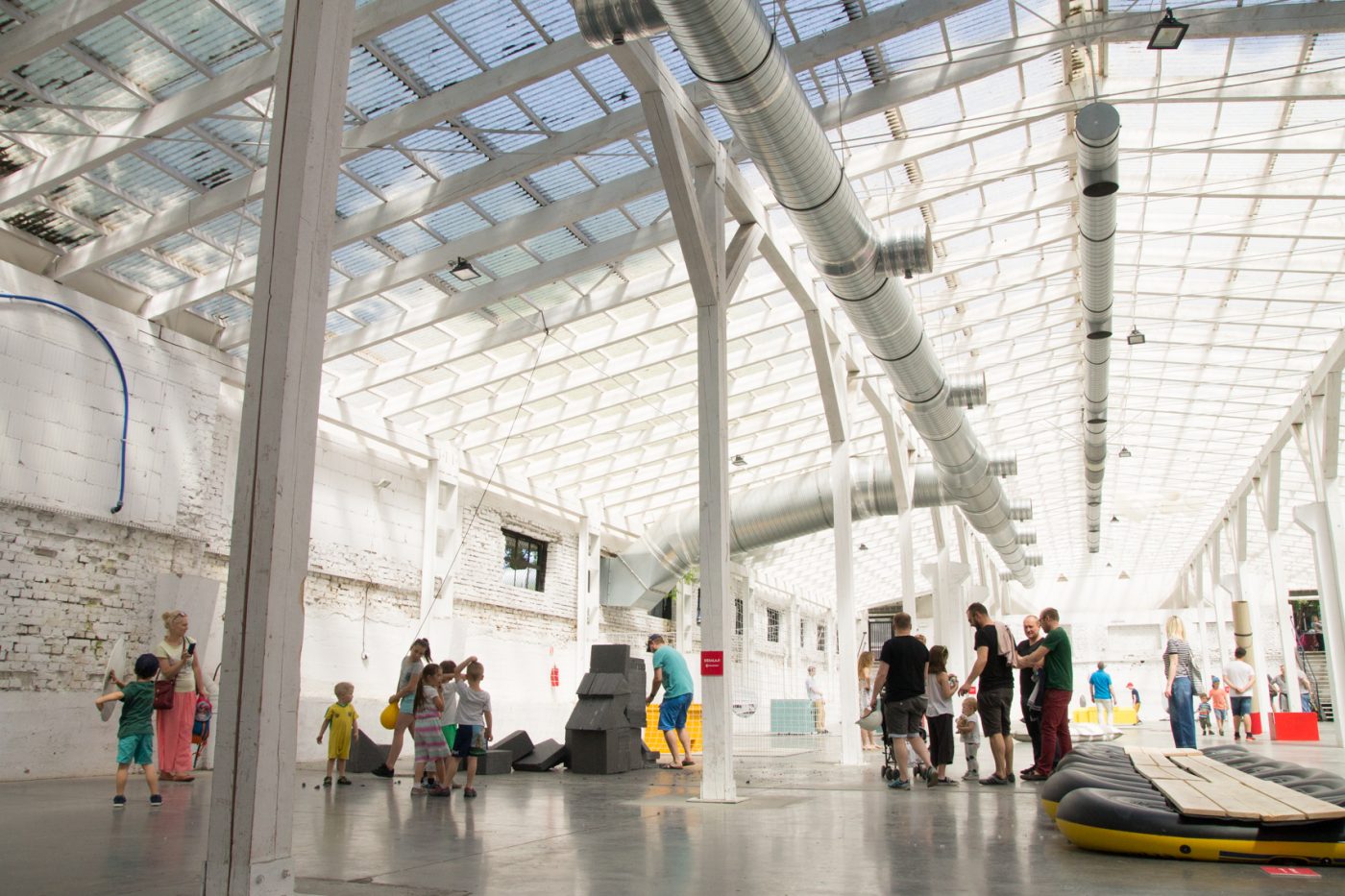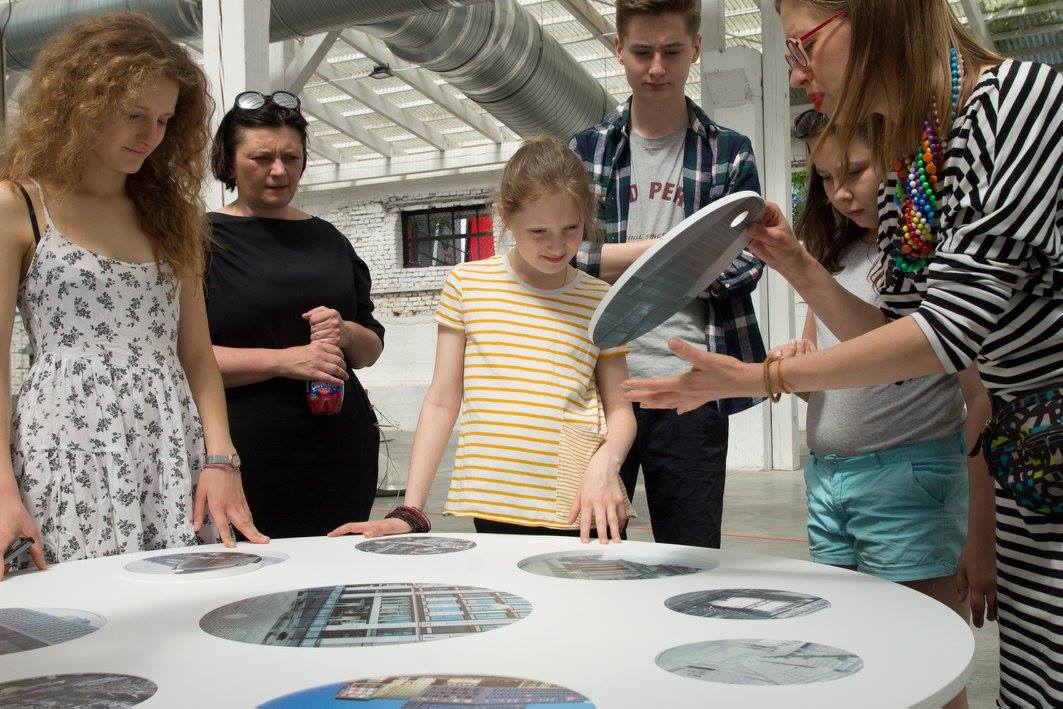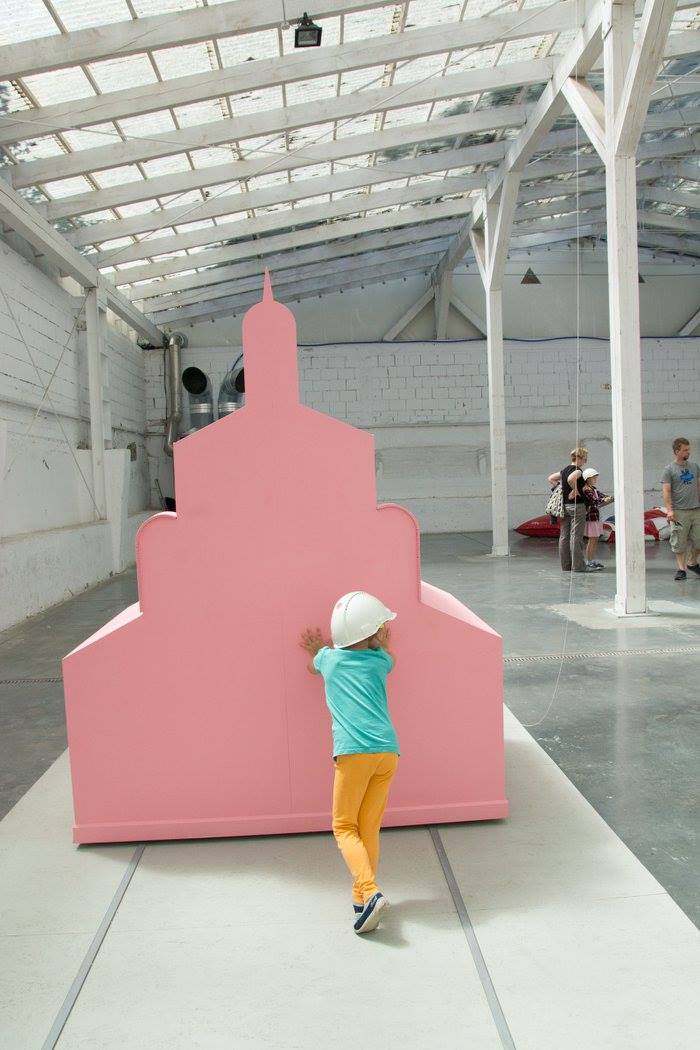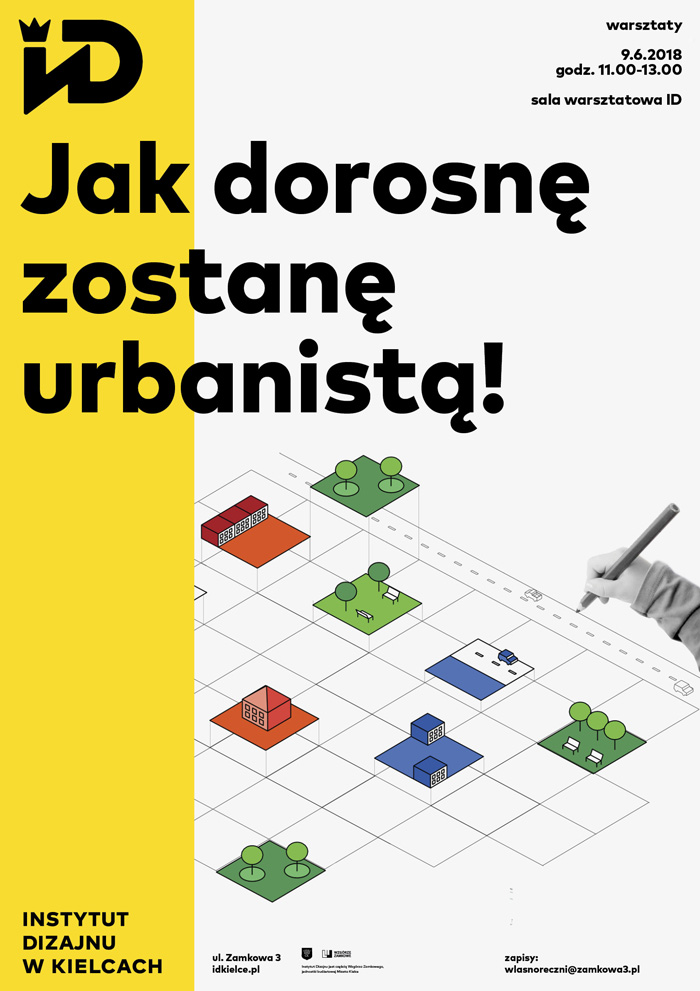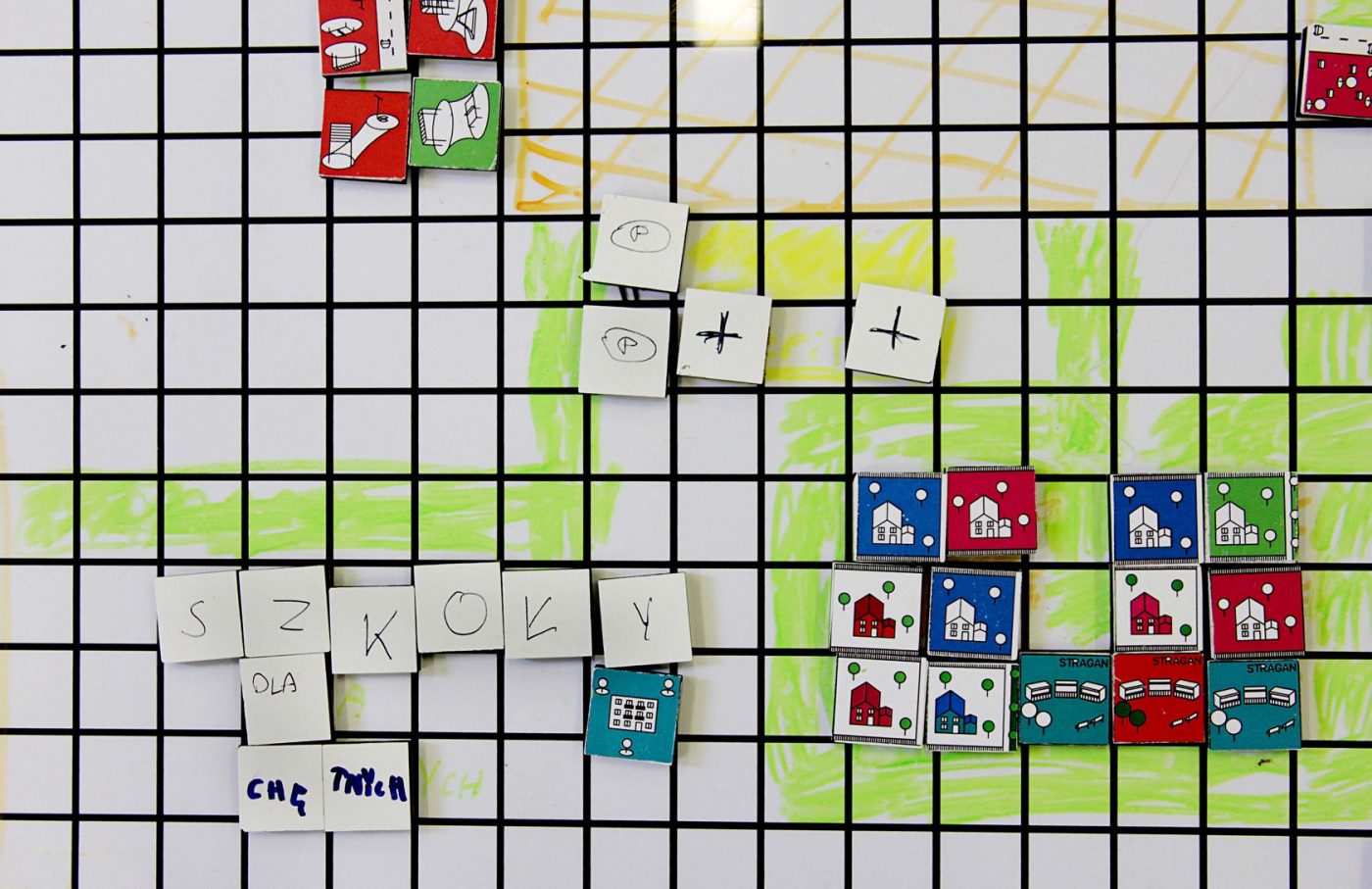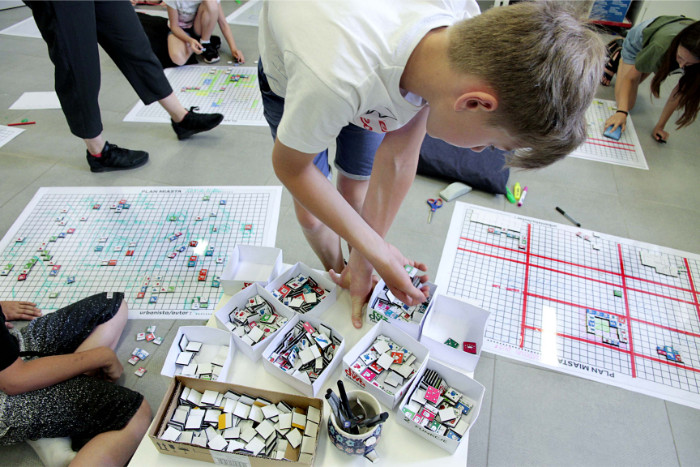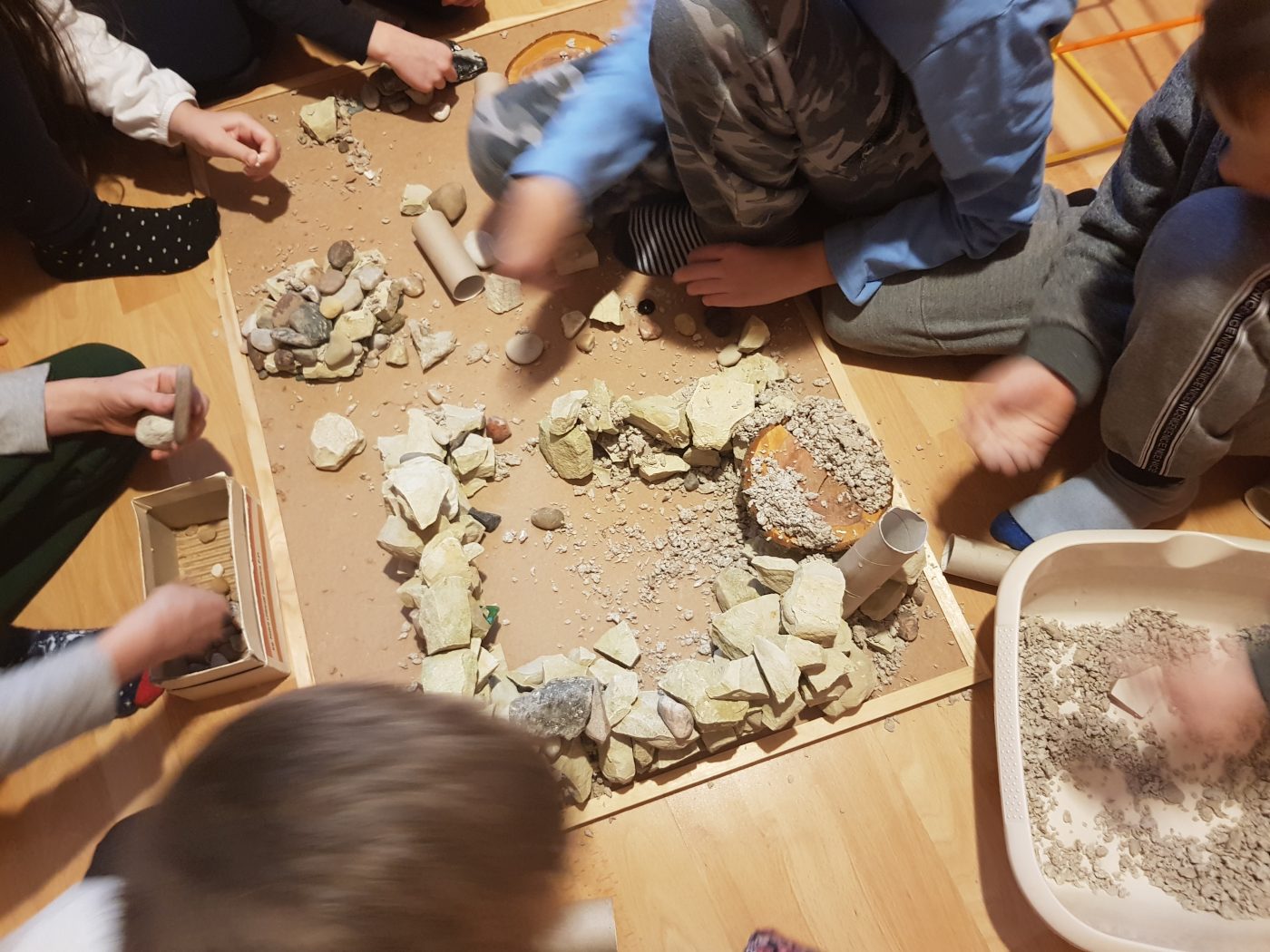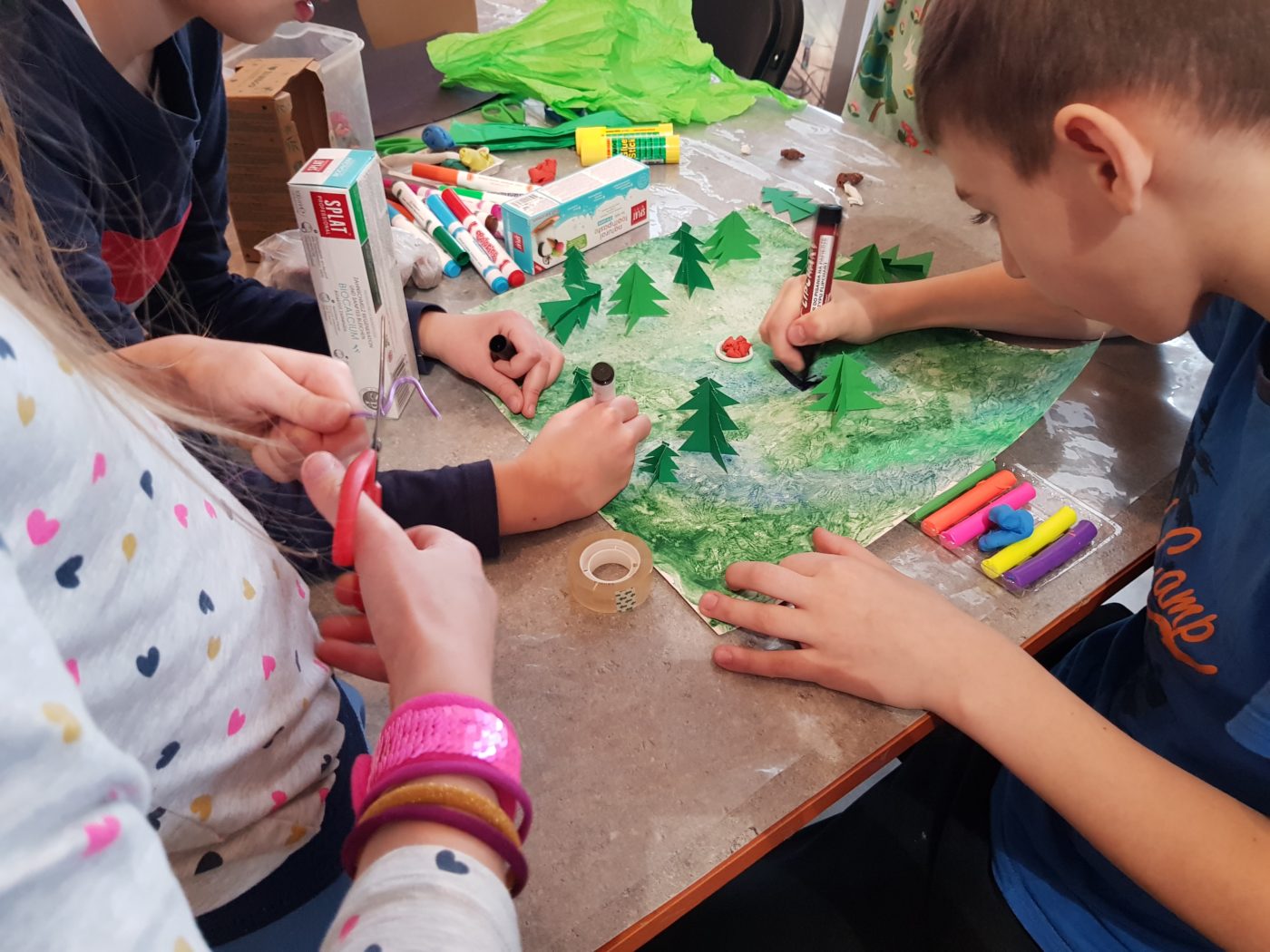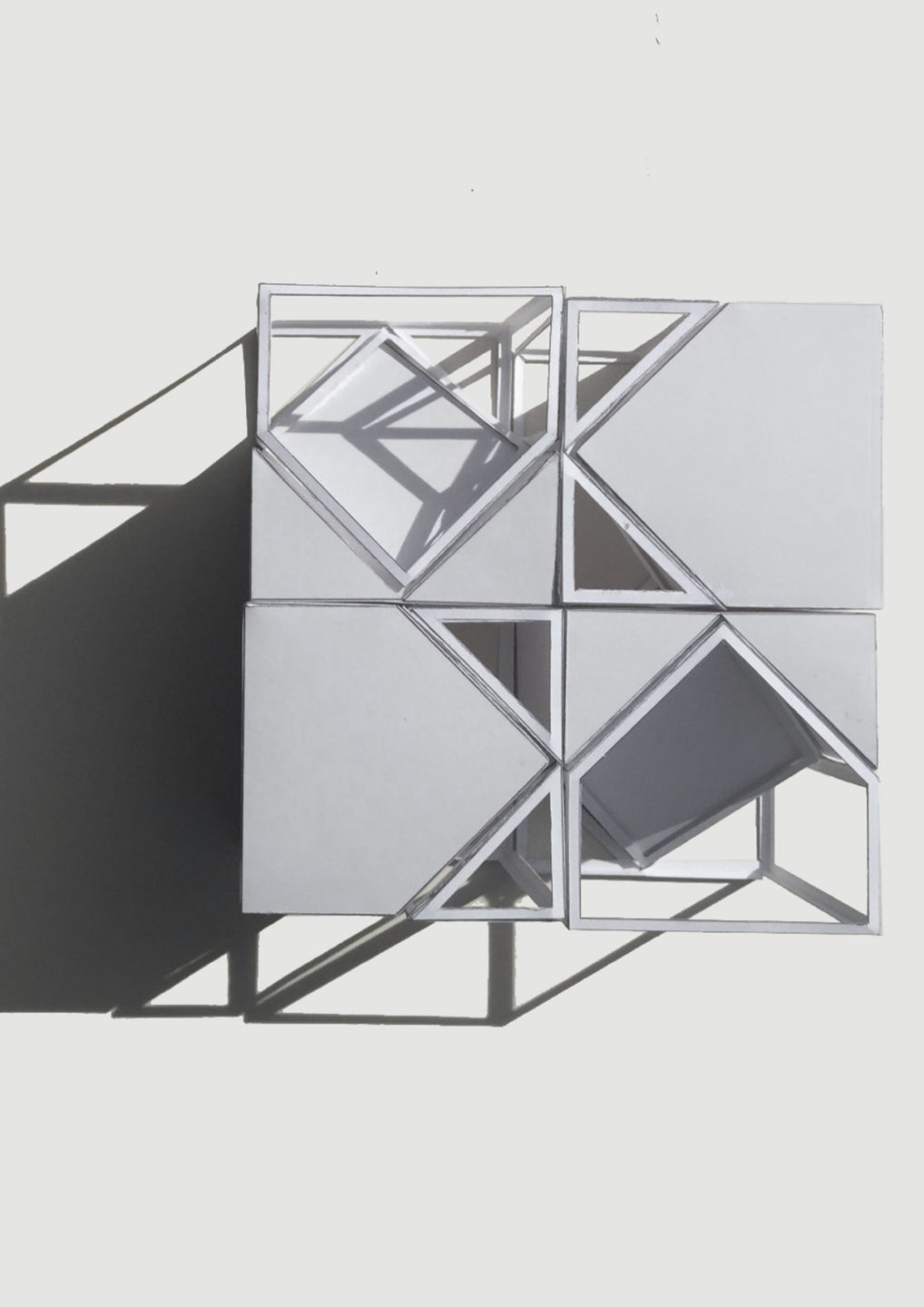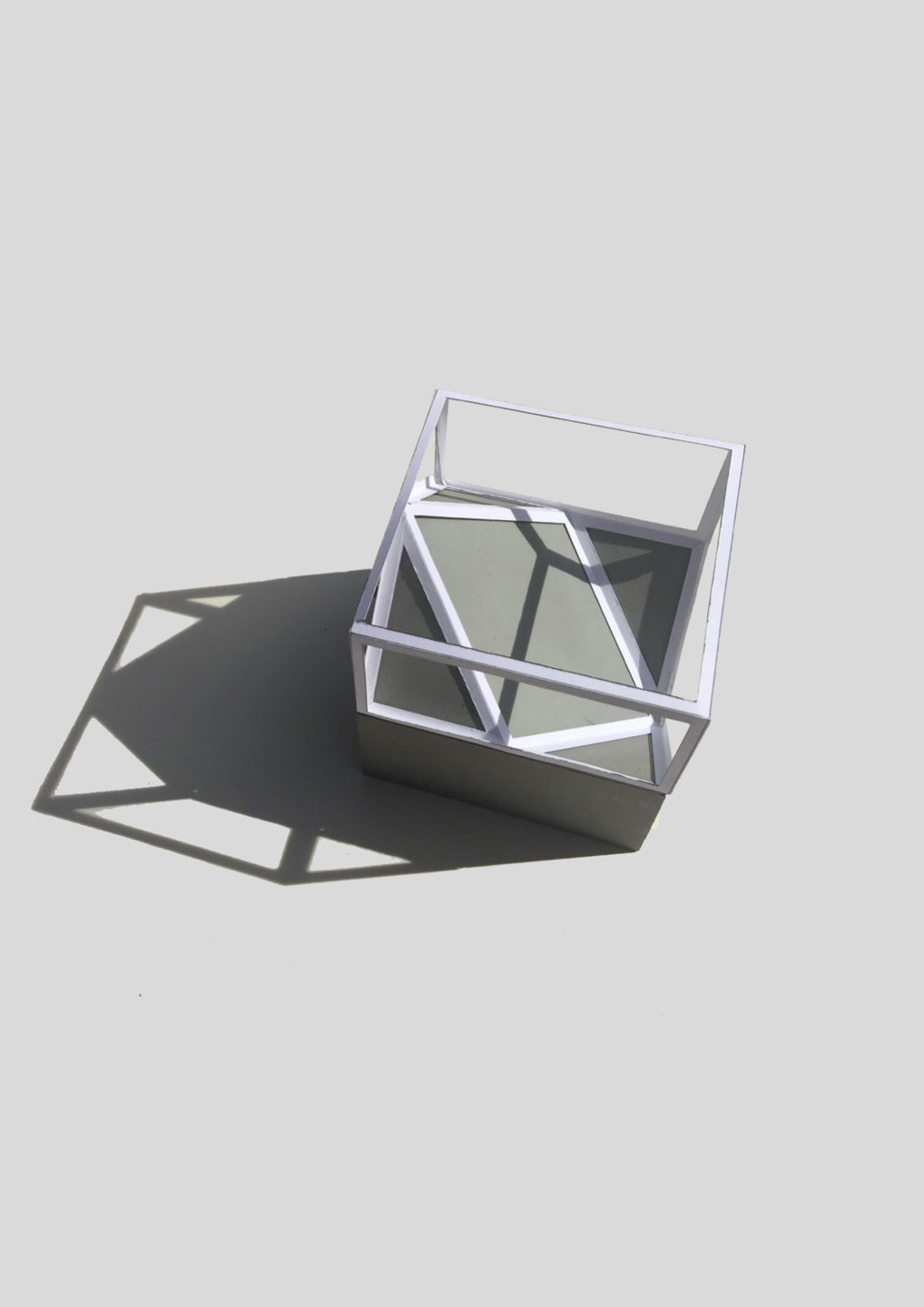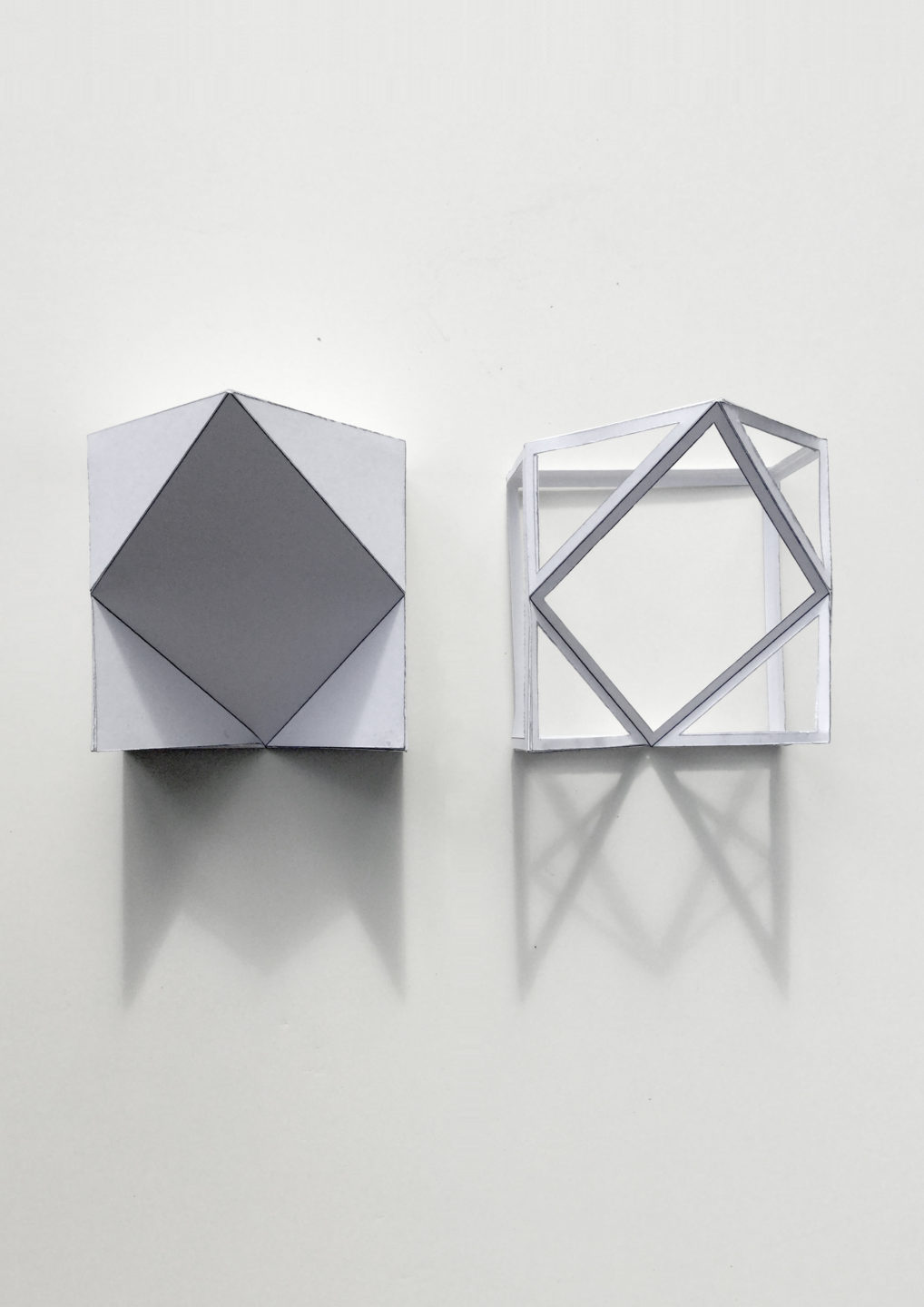Golden Cubes Awards
About the awards
Given since 2011 by the International Union of Architects, the Golden Cubes are awarded to the most interesting projects in the field of built environment education. They recognize individuals and organizations that popularize architectural culture and work with children and adolescents to help them understand how their immediate surroundings are shaped.
The Polish selection process is organized by the National Institute of Architecture and Urban Planning. It is not only an opportunity to nominate Polish projects for this international award and to promote the achievements of national built environment education, but also a chance to appreciate active educators who raise awareness of architecture’s importance among people up to 18 years of age. Golden Cubes Awards process is in line with the educational mission of the Institute as it stimulates discussion on ideas and experiences of sharing knowledge about architecture and urban planning. It is also an opportunity, to summarize Polish educational efforts and to showcase the people who redefine Polish built environment education.


The awards are organized by the Architecture and Children Work Program, which aims at helping the International Union of Architects and its member organizations to explore ways of fostering cooperation between architects, teachers, and educators, and pooling resources, such as knowledge, ideas, and tools that can facilitate the education of younger generations. Since architecture accompanies man constantly and is the scenery for his activities, a joint effort to support children and young people in understanding how the built environment is shaped should contribute to the improvement of the quality of human life. This mission is shared by the Universal Built Environment Education Team established by the Institute, whose aim is to lay a solid foundation for the universal built environment education system in Poland and to spread awareness of the importance of our urban environment.
The Golden Cubes Awards cycle is organized every three years and consists of two stages: national and international. In the national process, the member organizations of the UIA select and nominate entries in the following categories: Audio-visual Media, Written Media, Institutions, and Schools. The nominees are moved to the international phase, where the jury awards one prize in each category. Since 2020, the National Institute of Architecture and Urban Planning organizes the Polish selection process, which enables Polish built environment educators to participate and to present their projects to a wider audience.
Polish selection process
On March 13, 2020, as part of the first Polish selection process of the Golden Cubes Awards, an independent national jury consisting of Sebastian Karpiel-Bułecka, Konrad Karmański, Yannick Roels, Tomasz Osięgłowski, and Hanna Zwierzchowska, nominated 4 entries that will represent Poland during the international process and decided on 5 honorable mentions.
Nominated entries:
Audio-visual media:
Zone of expanse, by “Autograf” Film Studio
Written Media:
Thinking through architecture, by Katarzyna Witt
Institutions:
School by design, by School with Class Foundation
Schools:
The Little Architects, by Primary School “Leon” in Lublin
Five projects with honorable mentions are the game “Hunters of details. The City of Lodz” by the Center of Initiatives for the Development REGIO, the publication “Skyscraper and other inventions” by the Niebotyki collective, the exhibition “Moving architecture” produced by the Artanimacje association, the game “What is heritage” made by the Heritage Interpretation Center, branch of the Museum of Warsaw and the program “When I grow up I want to be an urban planner!” of the Institute of Design in Kielce.
There were 34 entries from individuals and organizations from all over Poland submitted, showing the jury how much is already happening in the national built environment education. Thus, the awards turned out to be an ideal pretext for observing the educators’ work and for creating a map of good practice of built environment education in Poland.
Due to the COVID-19 pandemic, the finale of the Fourth Cycle of the international Golden Cubes Awards that was to be held at the (UIA) World Congress of Architects in Rio de Janeiro, has been postponed to 2021. The same year, there will also be an educational exhibition organized by the National Institute of Architecture and Urban Planning, presenting nominated entries and honorable mentions from Poland.
The laureates and honorable mentions
The selection of the most interesting built environment education projects addressed to children and youth would not be possible without their authors. It is worth remembering that it is the adults who shape young people’s awareness of the surrounding space, their understanding of how it is shaped, and how it can meet various human needs. For their work to be effective, we should appreciate educators who pave the way and make projects that inspire new endeavors in the field of built environment education. Individuals and organizations nominated and honored in the first Polish selection process of the Golden Cubes Awards, are the ones worth following.
Zone of expanse
Laureate: Audio-visual media
“Autograf” Film Studio is Beata Hyczko and Tomasz Drozdowicz – a production duo behind the “Zone of expanse” project. Tomasz Drozdowicz is a film director, who conducts workshops and classes with students at the Warsaw University of Technology. Beata Hyczko is a screenwriter with experience in copywriting and various screenplay forms. They both have produced both short advertising films and feature films, such as “Fur”, which they made together. They have been working continuously since 1996. Throughout the process of creating their YouTube channel “Zone of expanse”, they have already reached over a hundred places in Poland. Architecture is the main protagonist of their TV series “Book of Space”, and of their productions for the National Heritage Board of Poland that explore the themes of heritage and cultural landscape, like the films “Landscape of my town” and “Beautiful, Polish, wooden” or the “Reincarnations” series. More information about the studio can be found on their website.
Katarzyna Witt
Laureate: Written media
Katarzyna Witt is an art historian, educator, cultural manager, and author of texts for children, whose project “Thinking through architecture” was nominated by the jury. For 6 years she was associated with the Museum of Modern Art in Warsaw, where she was one of the creators of the education department and author of many projects, including the exhibition for kids “Collection in action” and her original cyclical program for young people “Enter the Museum!”, which earned her the Warsaw’s Cultural Education Award. She is the co-author of the award-winning book about the Emigration Museum in Gdynia. She worked on various projects that accompanied art and architecture exhibitions: she conducted workshops, training for educators, and wrote exhibition guides and activity sheets. She cooperated on the Warsaw Under Construction festival and made guided tours of the house of Zofia and Oskar Hansen in Szumin. In 2019, she founded Kolektor, a one-woman organization that educates people of all ages in the field of art, architecture, graphic design, multiculturalism, and literature. More about Katarzyna Witt’s activities can be found on her website.
REGIO
Honorable mention: Written media
The game “Hunters of details. The City of Lodz” was created thanks to the Center of Initiatives for the Development REGIO, an organization operating in Łódź, with main focus on urban and regional issues. REGIO are authors of games, folders, and city guidebooks, such as the culinary guide to Łódź’s home cuisine or a guide to secession in the city and the łódzkie region. They have also organized guided tours and trips, for example, a series of rail trips around the region. The authors of the game include its originator Maria Nowakowska, who is a cultural manager, coordinator of city-related projects, tour guide, author of guidebooks, as well as the creator of the “Łódzki Detal” project about the architectural details of Łódź. Mariusz Milewski, who was responsible for game mechanics, is the author of board games, a graphic artist, film editor, screenwriter, and the creator of the culinary game “Top Kitchen”. Graphic designer and activist Magdalena Warszawa is responsible for the game’s appearance. More REGIO projects can be found on their website: Center of Initiatives for the Development REGIO
Niebotyki
Honorable mention: Written media
The Niebotyki collective was formed during their work on the book “Skyscraper and other inventions”. The collective operates in Silesia and explores the themes related to the cultural heritage of the region with particular emphasis on architecture. Anna Syska, the advisor and author of the texts in the book is a historian, a promoter of architectural culture, and from 2019 also the Historic Preservation Officer of Tychy. The authors of the texts are also Adam Pisarek, a cultural anthropologist associated with the University of Silesia, and Małgorzata Cekiera, a cultural expert and educator. Graphic artist Barbara Łyko-Grudzińska is responsible for the illustrations, and Tomasz Kiełkowski, the publisher of the book and project coordinator, is the author of Archifoto blog, an architecture photographer, architectural culture promoter, and a city guide. The collective’s activities can be followed on their social media profile Niebotyki, where one can find more information on Katowice’s modernist architecture and its every nook and cranny.
School with Class Foundation
Laureate: Institutions
The School with Class Foundation is a non-governmental organization supporting schools in implementing modern student-friendly solutions and focusing on non-schematic and quality education. In addition to the nominated project, the Foundation has developed various other programs addressed to schools, such as their flagship project “School with Class” that uses the design thinking approach to improve the functioning of the school, “Code with Class” that encourages children to learn programming, or “School, be FearLESS!” that aims to promote a healthy lifestyle. There was a whole team of people that were responsible for the “School by design” project: program coordinator Anna Gilla, Chairwoman of the Foundation’s Council and its co-founder Anna Pacewicz, President of the Foundation’s Board Agata Łuczyńska, Vice-President of the Board Marta Puciłowska and Project Manager Aleksandra Saczuk. The architects Agnieszka Czachowska and Maciej Siuda also worked on the project, and the last member of the team was Mirosław Sielatycki who assisted the team on behalf of the Education Department of Warsaw’s Municipal Office. More information about the Foundation’s projects can be found on their website.
Artanimacje
Honorable mention: Institutions
“Moving architecture” exhibition took place in the spring of 2017. It was produced and organized by Artanimacje association, an organization focused on culture management and education that was also responsible for organizing the conference “Why do we need museums for children?” Members of the association, Maria Szybińska, and Marta Wójcicka are authors of various cultural events aimed at children, including the “Pop-up Museum for Children” project within which the exhibition was hosted. The animators invited famous architects to cooperate, they were Jakub Szczęsny, Małgorzata Kuciewicz, and Simone De Iacobis from the designers’ task force Centrala. Jakub Szczęsny (SZCZ) designed the famous Keret House in Warsaw, that has been a part of the MoMA in New York collection, and is the author of installations and architecture, including temporary architecture. Centrala is an award-winning architecture studio operating since 2001. In addition to designing, they have also done art projects, and organized debates and walks around the city. They are known for their exhibition “Amplifying nature” in the Polish Pavilion at the 16th International Architecture Exhibition – La Biennale di Venezia. More information about the creators: Artanimacje, SZCZ, Centrala
Heritage Interpretation Center
Honorable mention: Institutions
The urban game “What is heritage?” is the work of three people associated with the Education Department of the Museum of Warsaw: Sylwia Kot from the Heritage Interpretation Center who coordinated the project, and educators Anna Marks and Teresa Łempicka. The Heritage Interpretation Center is a museum operating since 2013 that organizes events aimed at promoting knowledge of world heritage and UNESCO’s mission, with a particular emphasis on the rebuilt Warsaw Old Town. The institution’s premises are in a revitalized Old Town basement, where the public has the opportunity to admire the elements of the original architecture of this place from the 14th century. In its events and in the permanent exhibition entitled “Destruction and reconstruction of the Old Town”, the Center tries to combine tradition and modern technologies. The facility offers various educational activities, including lectures, book promotions, or classes, and workshops for children and young people. One can also borrow a backpack with the game “What is heritage?” and discover the Old Town of Warsaw inscribed on the UNESCO World Heritage list in 1980. The Center is one of nine independent branches that make up the Museum of Warsaw. More information can be found on the website of the Heritage Interpretation Center.
Institute of Design in Kielce
Honorable mention: Institutions
“When I grow up I want to be an urban planner” is one of the educational programs of the Institute of Design in Kielce. The Institute focuses its attention on the popularization of design through numerous activities, such as exhibitions, lessons, workshops for children and adults, specialist training, cooperation with universities, artistic residencies, and various projects run in their modern studios, for example, the Ceramics Studio, or the Visual Communication Studio. Dominika Janicka and Olga Grabiwoda are responsible for the entered project. Sylwia Janicka is an architect, exhibition curator, and producer who co-runs the Institute’s Public Space Studio, which explores architecture, art, and design. Among her various designs and projects, one can mention “Fair Building”, the exhibition she curated and co-authored that was presented in the Polish Pavilion at the International Architecture Biennale in Venice in 2016. Olga Grabiwoda is an artist, curator, and educator who coordinates “Self-mades” at the Institute, a program of educational workshops and lectures focused on design, handicraft, and the idea of self-sufficiency. The events are aimed at both adults and children, who want to learn how to create independently and are eager to acquire skills allowing them to practically and responsibly influence their environment. More information about the programs may be found on the website of the Institute of Design in Kielce.
Primary School “Leon” in Lublin
Laureate: Schools
Primary School “Leon” in Lublin has been nominated for the „Little Architects” project. Leon is a small school operating as a home education cooperative, where learning is centered on research projects. Each month of school is devoted to a separate topic on which all educational activities are focused. Children learn from their parents, but also from specialists and institutions invited to cooperate, and learning may take place at home, library, or other location related to a designated topic. In February 2020 the chosen theme of the month was architecture. Among the people involved in the program were: Dr. Barbara Grondkowska, Joanna Wasilewska, Marzena Żołnierczuk, Dr. Krystyna Rybicka, Manuela Kiszka, Kinga Kowleska, Maria Wiśnioch-Filo, as well as organizations and institutions: Workshops of Culture in Lublin, the student research group “Landscape and Space” from the John Paul II Catholic University of Lublin, the Dominican Monastery in Lublin, the Municipal Public Library, Branch 29 and the Municipal Public Library, Branch 40. You can follow the school’s activity on their social media profile.
CATEGORY
AUDIO-VISUAL MEDIA
In the Audio-visual Media category, awards may be given to film projects, audio-visual educational material, websites, and social media activities. In the first Polish national process of the Golden Cubes Awards, the jury has nominated Zone of expanse, a YouTube channel run by the “Autograf” Film Studio, where one can find over 100 several-minute-long films about Polish architecture and urban planning of the 20th and 21st centuries.
“… for high production standards and effective use of the YouTube platform, disseminating and popularizing contemporary architecture and documenting changes taking place in the Polish landscape.”
Jury’s evaluation
The authors of the project, Beata Hyczko, and Tomasz Drozdowicz provide the viewers of their films with a subjective overview of Polish architecture. New episodes are published every 1-2 weeks and among the channel’s eight thematic categories one can find stories about public buildings and their revitalization, squares, residential areas, office buildings, or private houses. The films allow us to learn the history of the introduced places and listen to architects talking about their work and the obstacles they encountered. We can also discover the different factors that affect how our surroundings are shaped. Directing attention to a selected building for a few minutes allows the viewers to stop and see how architecture influences their everyday life, and to see that the space around us is shaped by people, therefore people determine the quality of this space. Putting the videos on YouTube is a way of reaching young people and interesting them with architecture. By encouraging users to interact and comment, the producers create a platform for intergenerational dialogue about the built environment. At the time of submitting the entry, the films had 250,000 views already, and among them, we could find stories about projects from all over Poland, for example about the Silesian Museum in Katowice, the Renoma Department Store in Wrocław, the ROSA sensory park in Rydułtowy, or the Lublin Airport.
WRITTEN MEDIA
Written media nominated for the award may include books, magazines, and non audio-visual educational tools. In this category, the jury decided to nominate Katarzyna Witt for her publication “Thinking through architecture” and two projects were honored: “Hunters of Details. The City of Lodz” by the Center of Initiatives for the Development REGIO and “Skyscraper and other inventions” by the Niebotyki collective.
“… for the innovative presentation of learning scenarios. It is an inspiration, not a collection of ready-made lessons. We especially appreciate the idea of learning by experimentation.”
Jury’s evaluation
“Thinking through architecture” is a research project that includes a publication with a series of activity scenarios and other learning resources addressed to teachers, educators, and parents who want to talk about architecture with children. The main goal of the project is not only to focus on built environment education but above all to check how we can bring something new to teaching with the aid of architecture and architects’ working methods. The activities presented in the textbook satisfy children’s natural curiosity and their need to build and explore, but also show how we can support them in gaining knowledge of how the world around them is created. Kids can learn how to understand architecture in different contexts, for example, see it as a result of communication and a response to the diversity of human needs. At the same time, they can work on their creativity, critical and analytical thinking, and develop valuable communication and problem-solving skills. The scenarios are intended as guidelines or inspiration for activities and can be adapted to various circumstances and different users’ needs. These are not resources for experts, but rather a set of tools proving that everyone is competent enough to talk to children about architecture. The author herself tested the scenarios during her 15 workshop meetings, which were organized in various spaces, such as a school, a shopping center, or a museum.
One of the honorable mentions in this category was “Hunters of details. City of Lodz”, an educational game designed by the Center of Initiatives for the Development REGIO. A user-friendly format of a board game with cards and pawns is a tool for discovering the architecture of Łódź, focusing on the architecture’s details, and broadening the vocabulary that helps to describe it. Children over the age of 10 can play the game at school, in the library, or at home with their families. The project’s mission is to make children and young people interested in the surrounding space by teaching them about the architecture of Łódź, its history, and designers. It also introduces them to the idea of cultural heritage and encourages them to observe the world closely and appreciate its beauty. Young residents of Łódź learn they pass interesting buildings every day when they go to school or for a walk. More than half of the produced games were distributed to schools, libraries, and organizations that work with children and young people. As part of the project, the authors organized workshops for teachers, where they showed how to use the tool to talk about local architecture, and then another series of events followed, during which children were able to test the game. The creators emphasize that the game can be easily adapted to fit the needs of other cities, so they can interest children in local architecture and equip young people with the language that enables commenting on it.
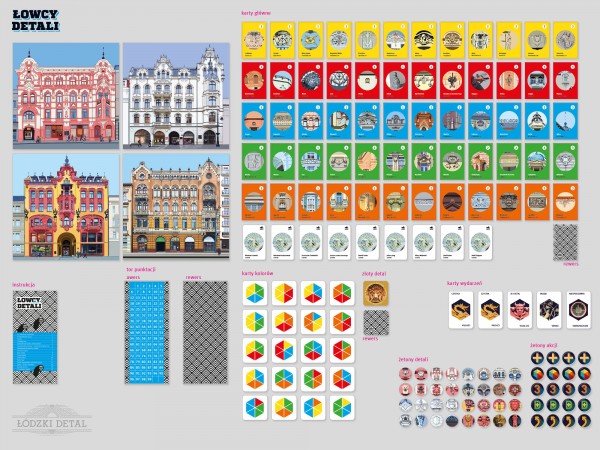
Jury’s second honorable mention went to the Niebotyki collective and their “Skyscraper and other inventions”, a book about the modernist architecture of Katowice. The history of the inter-war period in Katowice is the background for a broader discussion on how the public space changes over time, how cities work, and how many different roles architecture can play. Young readers learn about the invisible underground areas of the city, the surrounding building materials, the urban vegetation, and the impact of design on the health of its users. Children can see how architecture adapts to changes in human life and how our lives change because of it. The publication shows architecture and urban planning as domains inextricably linked with people and functioning in many contexts, which helps children understand how many factors influence the shaping of their environment. The authors included various interactive elements in the book: games, exercises, questions, and instruction for a city walk that contains different tasks and allows young residents of Katowice to see the elements described in the book with their own eyes! “Skyscraper and Other Inventions” is a book that proves you can talk to schoolchildren about both architecture and cultural heritage. The publication has quickly become popular among the residents of Katowice and the city authorities who promoted it in local schools.
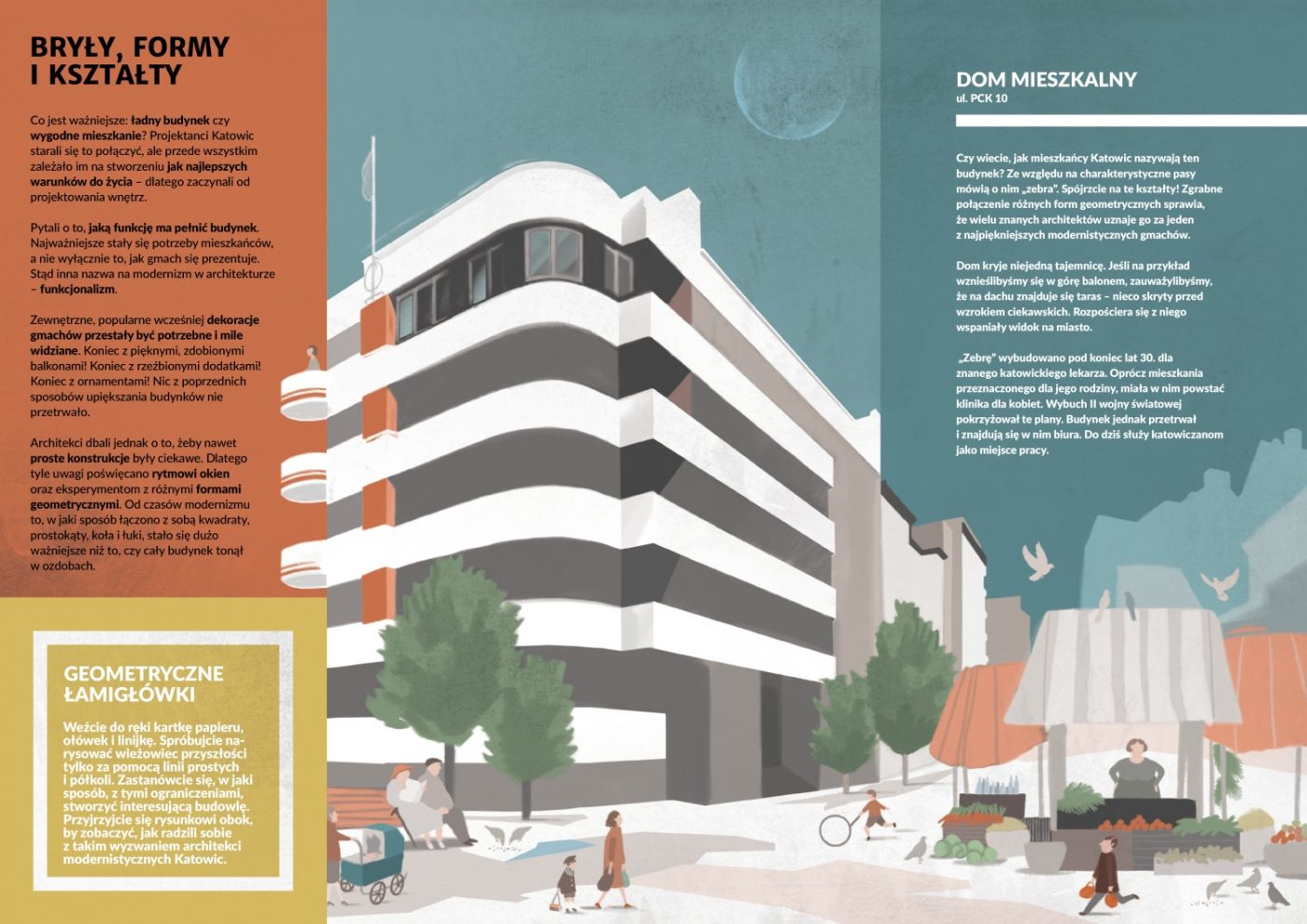
INSTITUTIONS
Institutions operating in the field of built environment education include, among others, museums, institutes, non-governmental organizations as well as community centers. In this category, the independent Jury nominated the project “School by design” by the School with Class Foundation, and the honorable mentions were awarded to “Mobile architecture” by the Artanimacje association and to “What is heritage?”, a game designed by the Heritage Interpretation Center of the Museum of Warsaw.
… for a comprehensive program involving students in design activities related to architecture. The program promotes cooperation and interdisciplinary activities while adapting the space to the needs of its users and the school’s purpose. The program teaches sensitivity, creativity, and critical thinking…”
Jury’s evaluation
“School by design” is a project aimed at involving young people in the design of their school space. The participants were both students and teachers who worked side by side to create user-friendly spaces in their schools. The process consisted of several stages: the needs analysis carried out by the Foundation team, joint design effort, and the implementation of ideas. Students had the opportunity to better understand the space of the school, its surroundings, and how these places affect them, but above all, they could face up to their responsibility for the school. By involving them in co-deciding about the environment in which they spend a large part of their day, the educators could deliver some important messages: people can make decisions about the space around them, be critical of their immediate environment, and look for solutions that will better serve their needs. During the first two editions of the project, changes were introduced in 14 schools. Students suggested new solutions for the classrooms or the common spaces of the school. As part of the project, they met architects and interior designers, but also gained knowledge about the design process and the potential difficulties encountered during it. The teachers had the opportunity to see how many interesting ideas young people have. The result of the project was a guidebook with examples of the most interesting designs and guidelines on how to create a school space that positively influences the learning process and the well-being of students.
Among the honored entries submitted by organizations, we can find the “Mobile architecture” exhibition produced by the Artanimacje association. The exhibition focused on Warsaw buildings, monuments, and other structures that in the past had been moved or otherwise changed their location on the map of Warsaw. These objects, which children often associate with something massive and permanent, were reproduced for the exhibition using light models that children could move, carry, build, or demolish. Apart from the models, the exhibition also featured photo archives and the buildings’ histories The exhibition was intended mainly for younger children and was centered around their inclination to learn through experience and direct contact. For a moment, children had the opportunity to play the role of an architect or builder, who moves buildings and they were able to feel the evanescence and mobility of architecture through action. Accordingly, “Mobile architecture” was an opportunity to practice agency and better understand the surrounding space, as well as the history of Warsaw and its architecture. The exhibition was accompanied by curators’ guided tours and workshops and was visited by about 1,000 people.
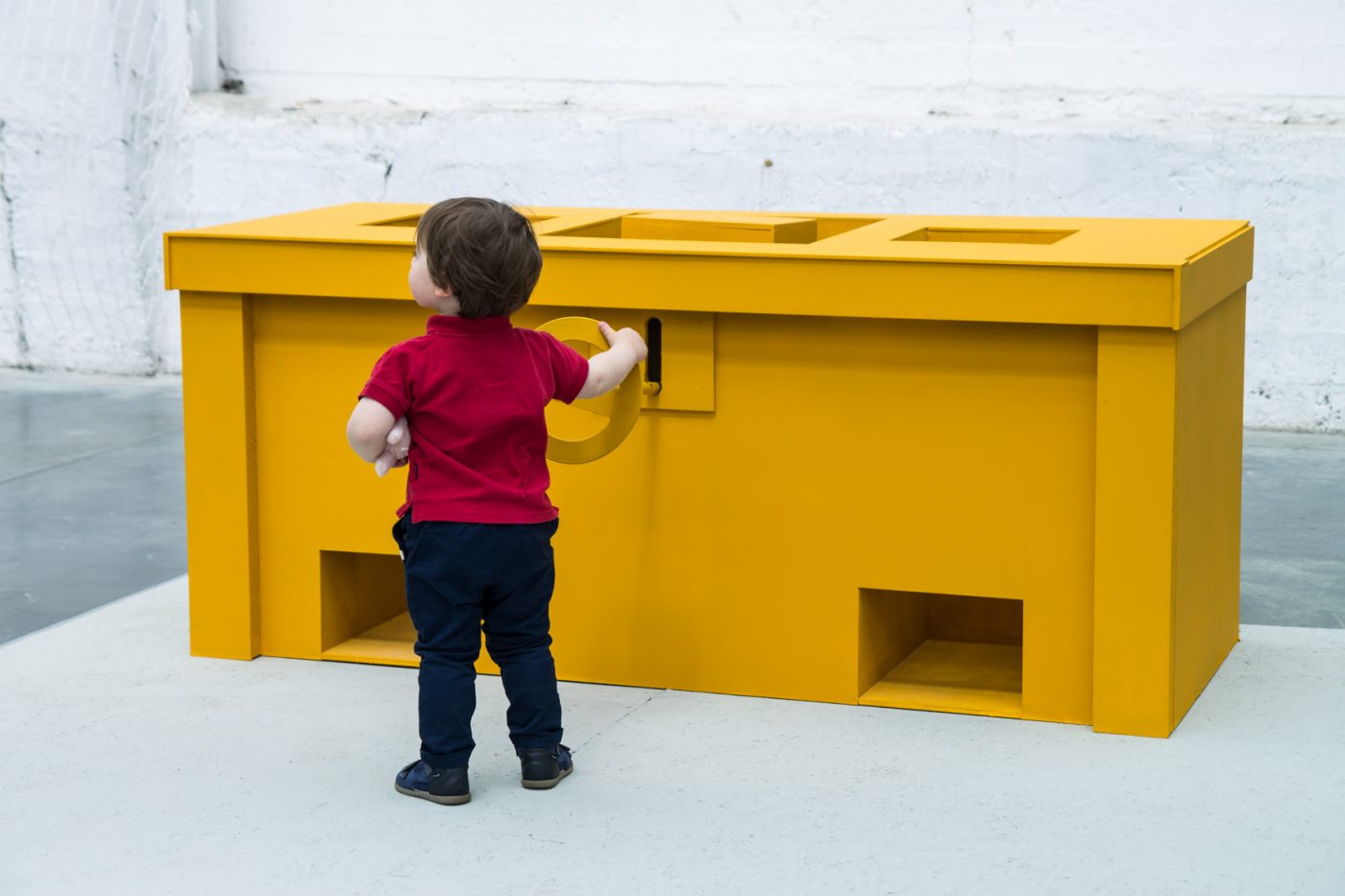
The second project distinguished in this category is the city game “What is heritage?” designed by the Heritage Interpretation Center, a branch of the Museum of Warsaw. Game participants first receive a backpack with materials, including a guide with tasks, maps, and puzzles, and then they choose one of the thematic routes through the Old Town of Warsaw. The first route leads players through the historic 17th-century Old Town, where, playing the role of a merchant visiting a fair, they have to face various obstacles. The game lasts from 1.5 to 2 hours and requires that the players cooperate and cover a distance between 2.8 and 4 km. They learn new vocabulary useful for describing the architecture and carefully visit the Old Town, paying attention to its details. The second route relates to the post-war reconstruction of the Old Town and is scheduled for 75 minutes. This time, during the walk, one can learn about the World Heritage List (UNESCO) on which the Warsaw Old Town is inscribed, how the rebuilt Old Town differs from the one existing before the war, why it was rebuilt, and what heritage is. The game is intended for both Warsaw residents and tourists, and it was made in two languages: Polish and English. Game players can explore the Old Town thoroughly by combining learning with entertainment, and observing various relationships between history and architecture.
The third honored project was a series of workshops “When I grow up, I want to be an urban planner!” organized by the Institute of Design in Kielce. During the meetings, children learned about urban planning, how the city works, and how many different elements it consists of. After introducing kids to the basics of urban planning, the educators invited them to individually design single urban districts, and then encouraged them to work in a group and put the districts together creating one big city. In the design process, children had to take into account various urban functions, provide apartments, schools, shops, hospitals, power plants, cultural institutions, communication routes adapted to various means of transport, or common spaces such as squares and parks. Working in a group, children could find out that designing a city is not easy, requires dialogue, compromising, and taking into account the diverse needs of its inhabitants. The workshop meetings utilized simple materials, such as large checkered sheets of paper, colored markers, and tapes. The main emphasis has been put on group work and strengthening cooperation between children by showing that sometimes to achieve a common goal you have to get along somehow. Participants could better understand the space around and see how many different and interrelated elements it consists of, and then appreciate the importance of good design and the work of urban planners who ensure that cities serve their inhabitants. The workshops helped to strengthen empathy and the awareness of the various needs of people around us. The program was targeted at children aged 8 to 13.
SCHOOLS
This category awards educational projects made by teachers and students. In the first Polish national process of the Golden Cubes Awards, the jury nominated Primary School “Leon” in Lublin for their project “Little architects”.
The project supports teaching architecture both at home and at school. It helps in understanding architecture, teaches critical thinking, sensitivity, and creativity. It involves going outside the school building (architecture-themed walks). We recommend that the project be continued as a regular school activity.
Leon is a school where children learn by doing research projects and one of such projects was the series of lessons titled “Little Architects”, which focused on architecture. The schoolchildren had the opportunity to take part in workshop meetings on botanical inspirations in architecture, landscape architecture workshops, a trip to the Dominican Monastery in Lublin, an urban game around the Wieniawa district of Lublin, two home lessons about different types of buildings, and two lessons organized in libraries. The project turned out to be a successful experiment aimed at including built environment lessons in primary school education and showed there are many different ways of introducing architecture-related topics into learning. The participants of the project were able to test their new knowledge thanks to direct contact with architecture during their trips and as part of the creative work, where they were responsible for making key decisions regarding their artistic projects. Among various topics related to architecture and urban planning, the authors remembered to discuss questions related to ecology and landscape architecture, so they could emphasize the importance of nature in the city. Children participating in the project got to know many interesting people: architects and landscape architects, as well as historians and tour guides teaching about architecture from different perspectives. It also turned out that architecture can be a good starting point for practicing various manual skills, creativity, group work, and awareness of local heritage.
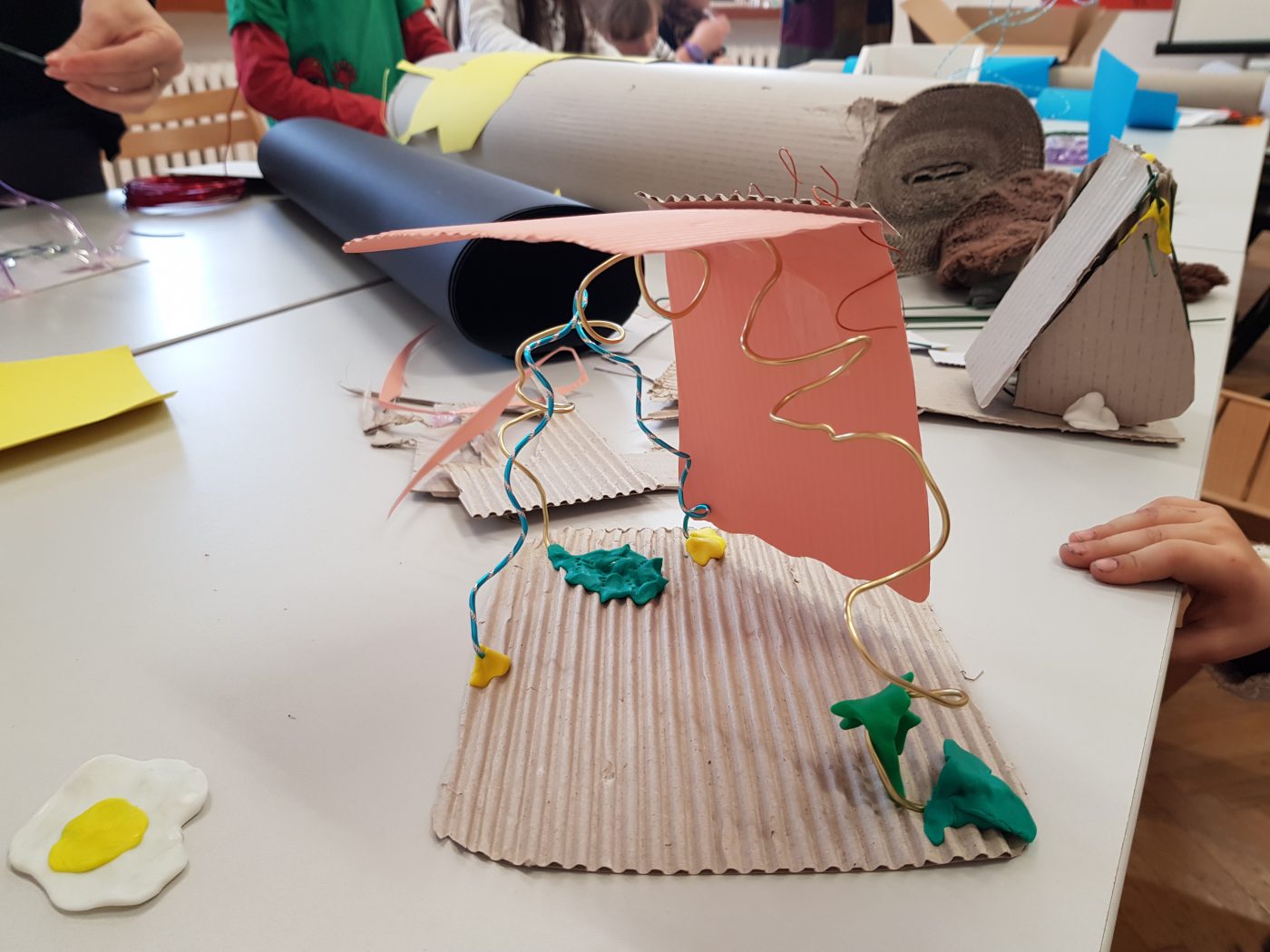
THE JURY
The Polish nominees have been selected by an independent jury composed of architects, artists, and educators. Due to a large number of very good entries, the choice has not been the easiest. The jury consisted of six members.
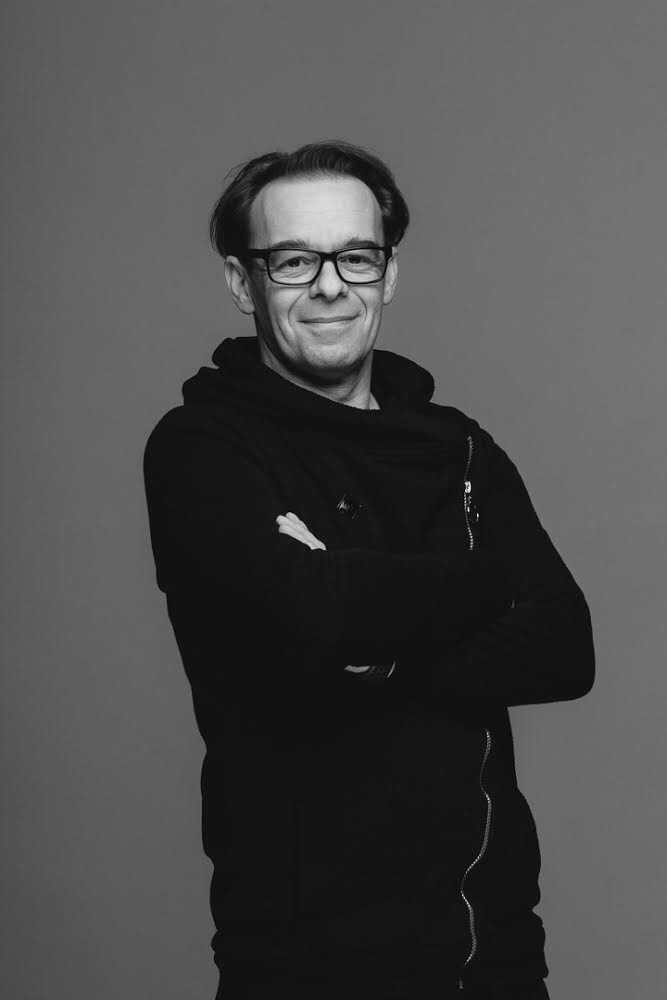
Konrad Karmański is an architect and chairman of the Łódź District Chamber of Polish Architects. He is associated with the Piotrkowska Street Foundation, an NGO that organizes events relating to the most famous street in Łódź.
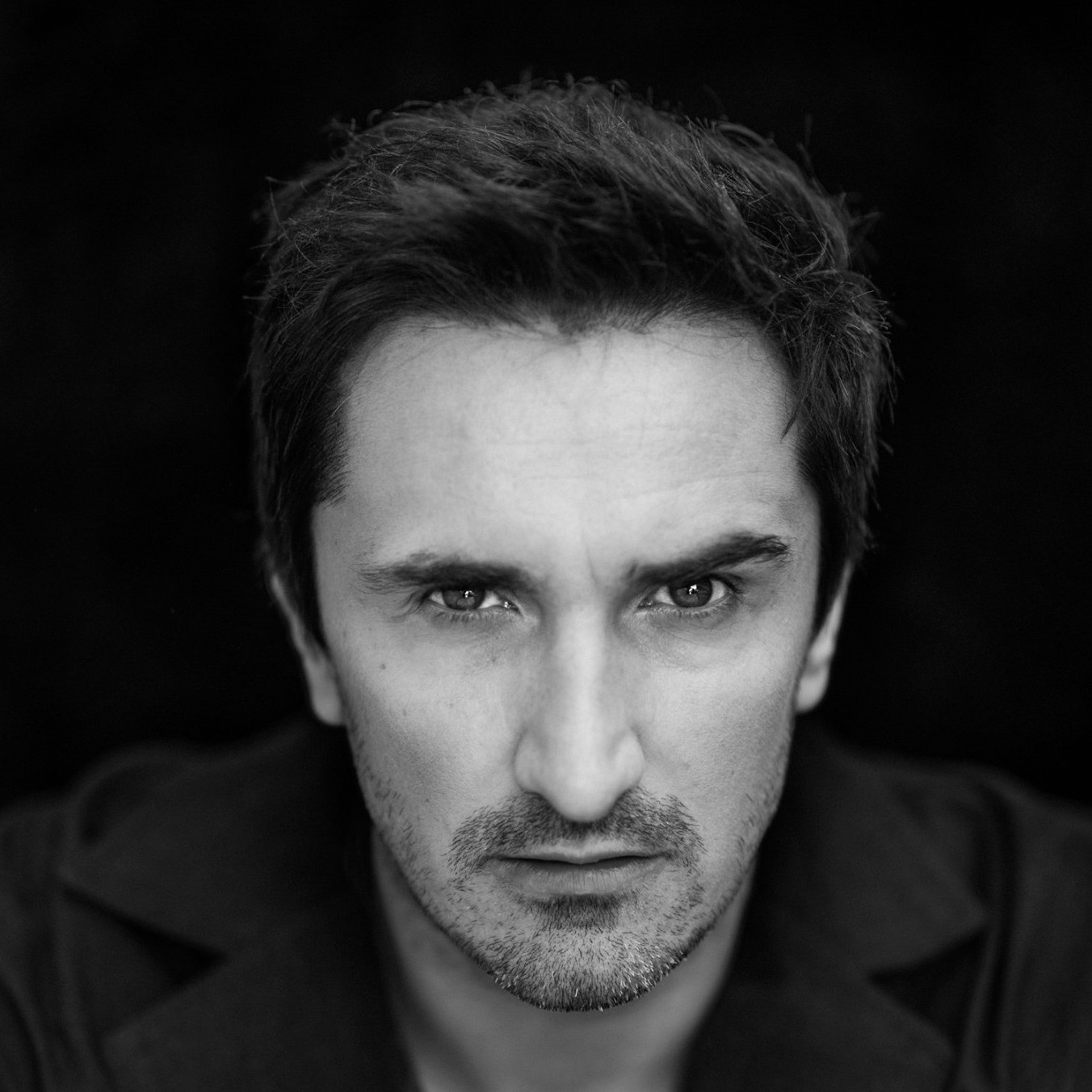
Sebastian Karpiel-Bułecka is an architect, but also a singer and musician of the famous Zakopower band. Architecture and construction work have always accompanied him since they were professions of his grandfather, father, brother, and nephew.
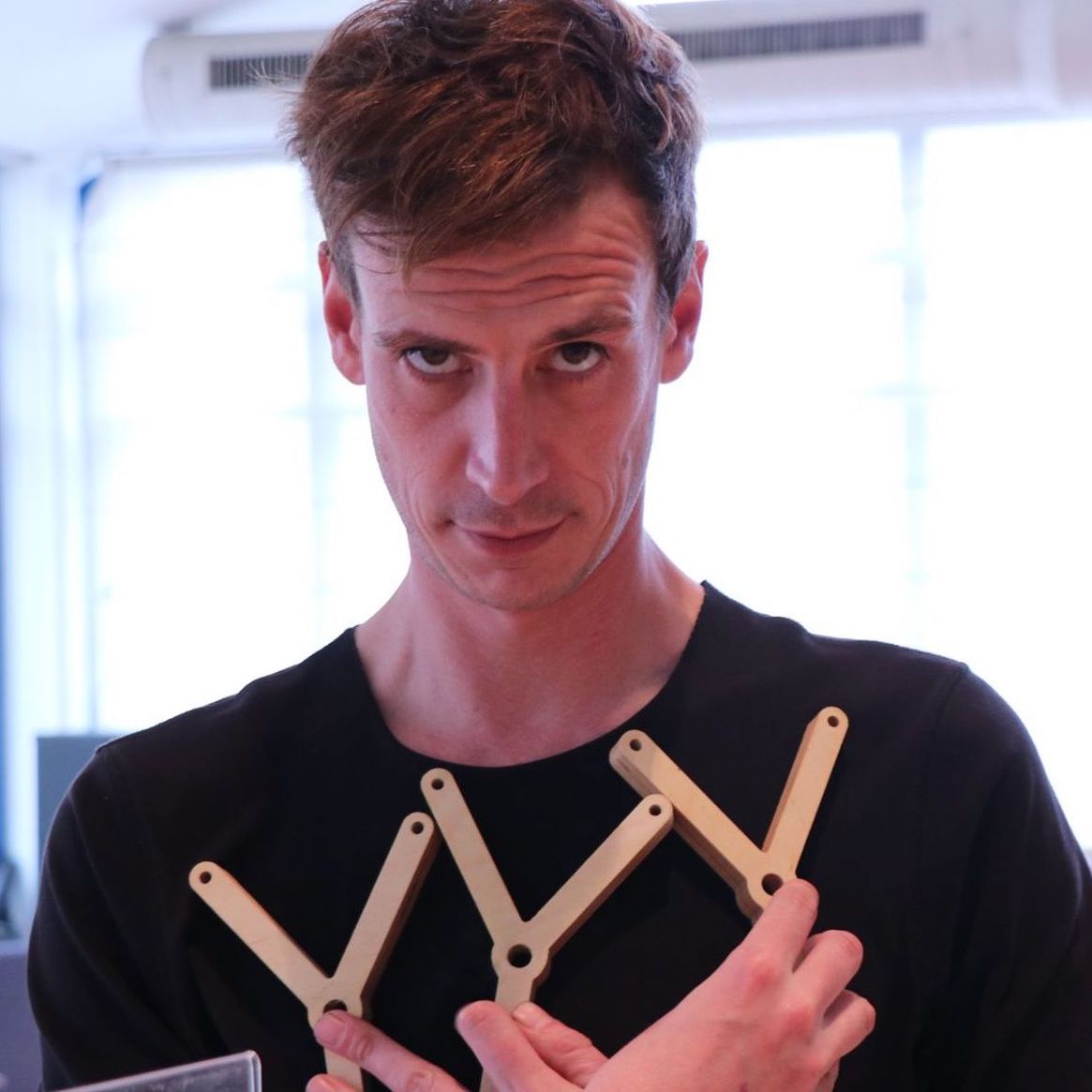
Designer Yannick Roels is the leader of the Brussels-based organization Cultureghem, which works with local residents by organizing neighborhood meetings, mobile cultural events, or cooking activities, and eating together.
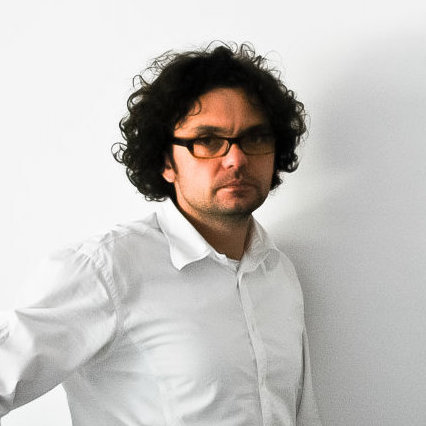
Tomasz Osięgłowski is a co-owner of the award-winning Ultra Architects studio. He is a graduate of the Faculty of Architecture of the Poznań University of Technology and a member of the Association of Polish Architects.
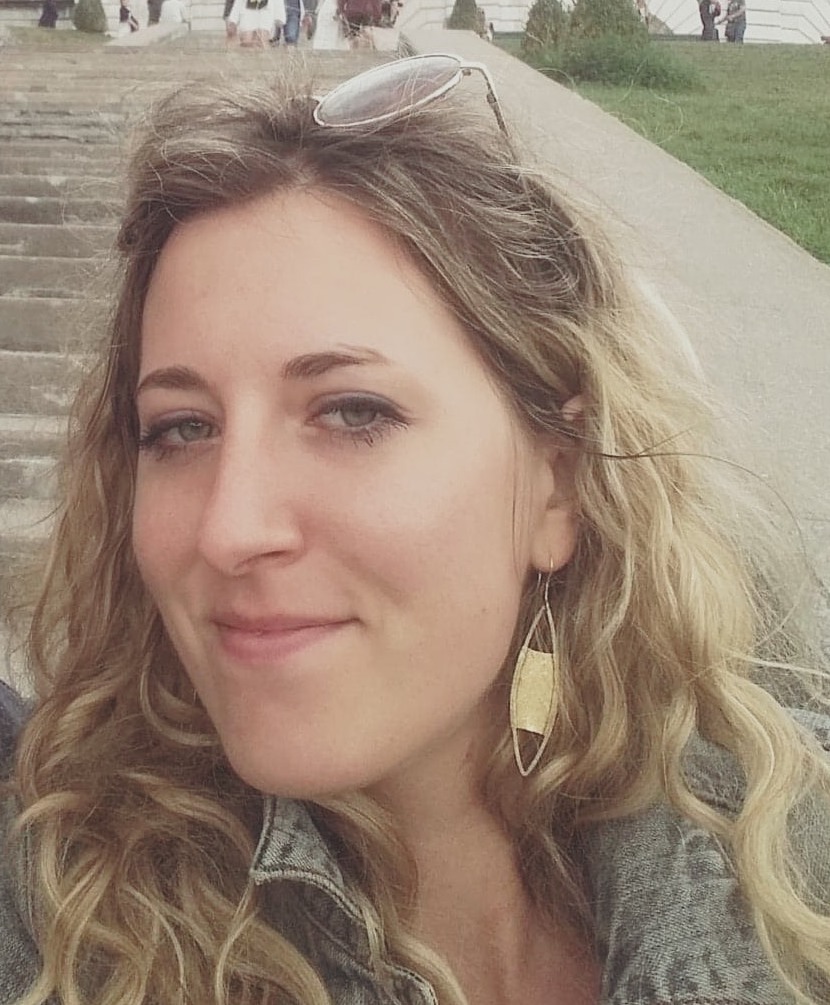
Hanna Zwierzchowska is an architect, painter, and educator. She cooperated with schools and many cultural institutions and organizations where she engaged in cultural education. She designs interiors, ceramics, and toys.
AWARD
The Polish nominees have the opportunity to co-create the exhibition organized by the National Institute of Architecture and Urban Planning and then present themselves internationally. The exhibition aims to popularize selected projects and their authors. Its goal is also to stimulate discussion about Polish built environment education and its most interesting practices. The exhibition will be accompanied by a public program, during which the audience will have the opportunity to meet the educators and see their ideas put into action.
The nominees are awarded a unique statuette in the shape of a K-drone – an eleventh-degree polyhedron discovered by the designer and painter Janusz Kapusta. Each nominee receives a statuette representing a fourth of a K-drone to remind us that only a joint effort in the built environment education area may allow us to build a better future for Polish architecture. The author of the statuette, Janusz Kapusta, is a versatile award-winning artist whose works can be found in the collections of the Museum of Modern Art in New York and the Museum of Art in Łódź. His artworks have been published in The New York Times, The Wall Street Journal, and The Washington Post, and his articles about his discoveries could be read in mathematical journals. The K-drone he invented is a shape with more than a hundred different applications, and it has already been commemorated with a monument in Koło, a town in the artist’s home county.
Golden Cubes Gala
COLOPHON
- Golden Cubes Awards, International Commission: Heba Safey Eldeen, Suzanne de Laval
- Golden Cubes Awards Poland, Polish Comission: Katarzyna Domagalska
- Cooperation: Marta Baranowska
- Editing: Katarzyna Domagalska i Hanna Sabat
- Translation: Hanna Sabat
- Communication: Dominik Witaszczyk
- Graphic Design: Katarzyna Nestorowicz
- Web Editor: Magda Pyrgies
